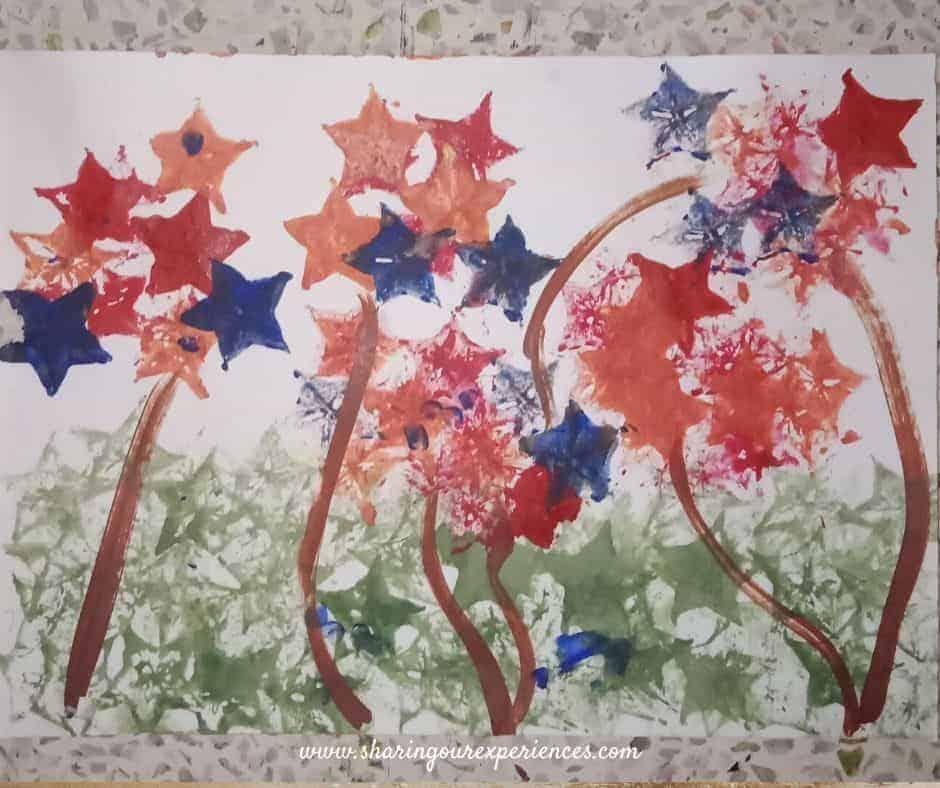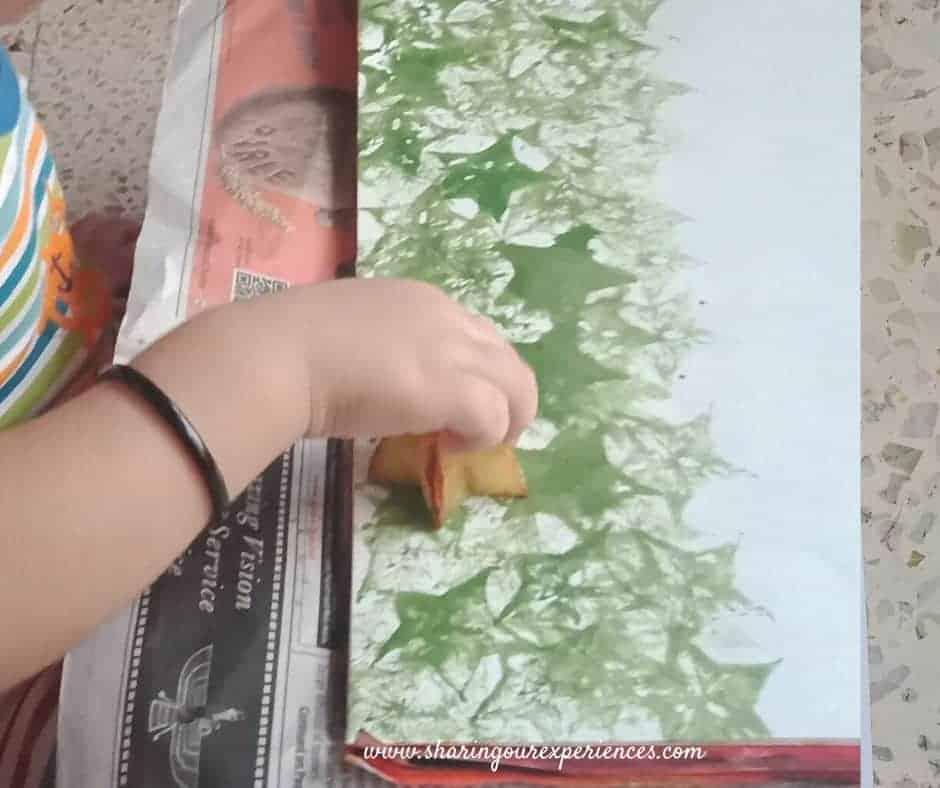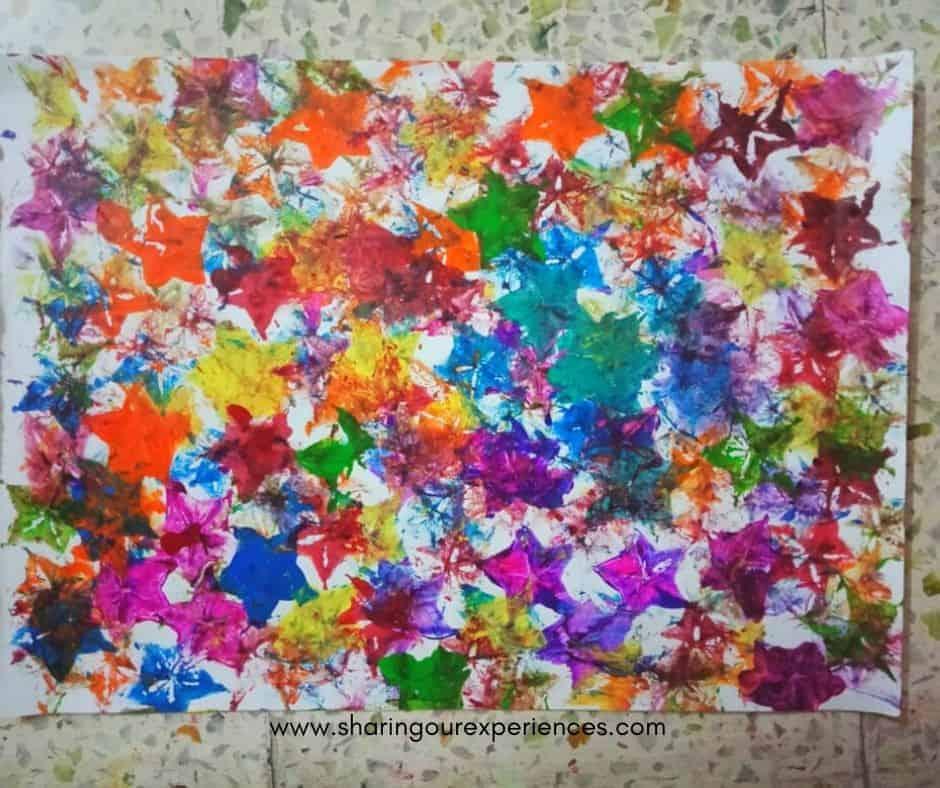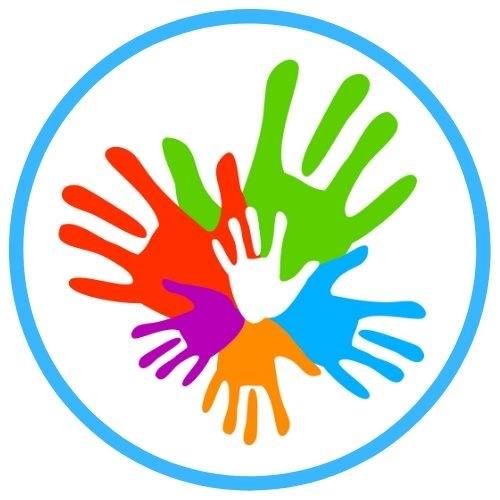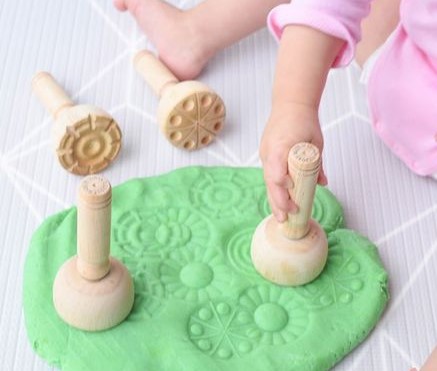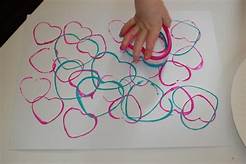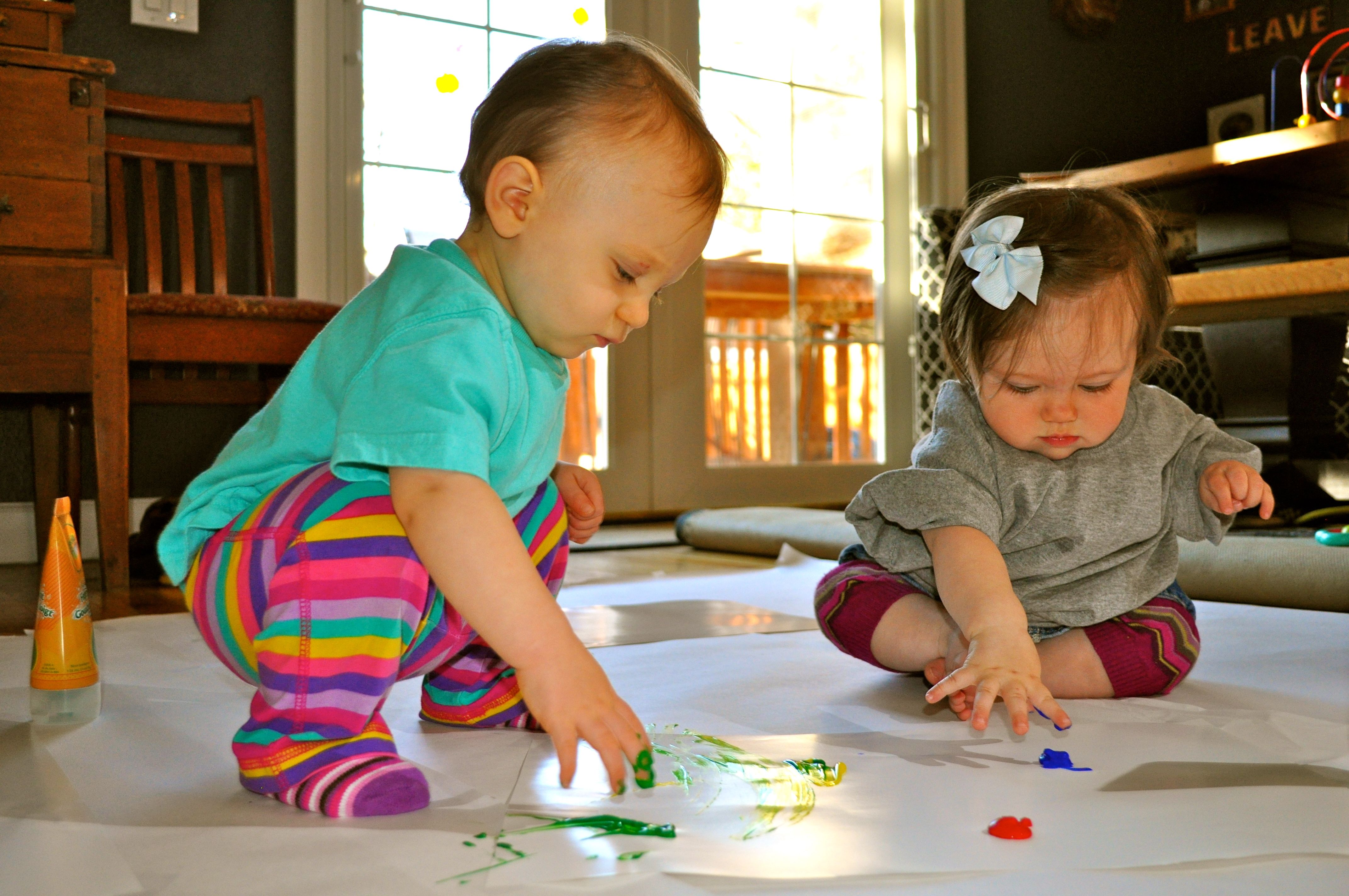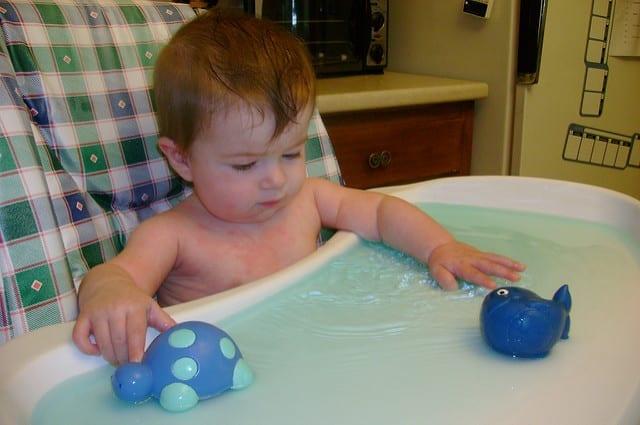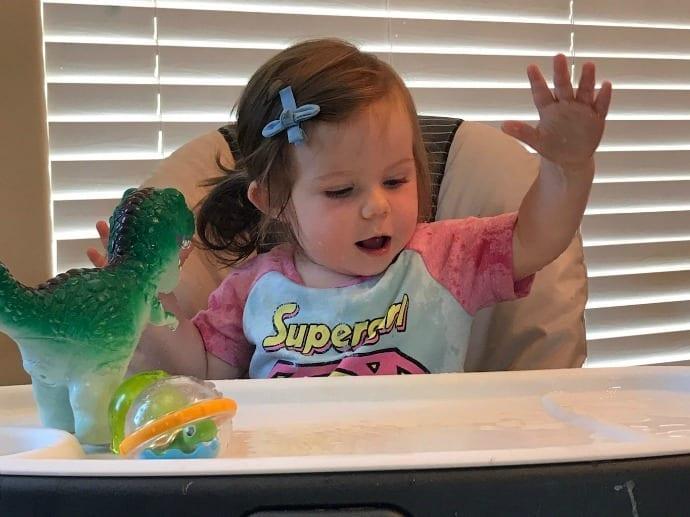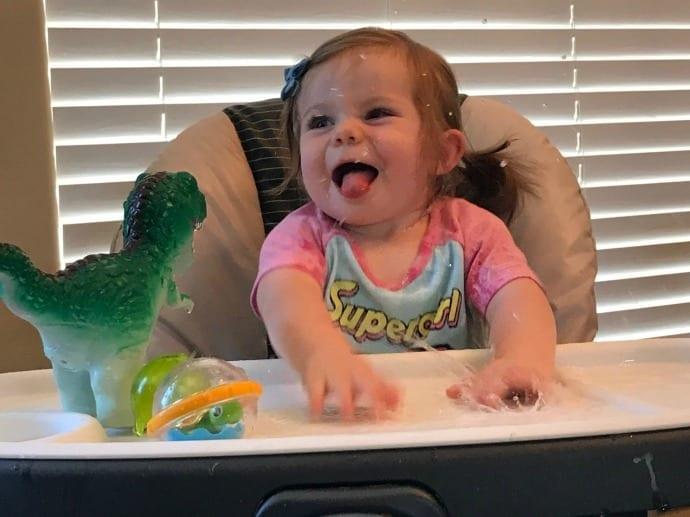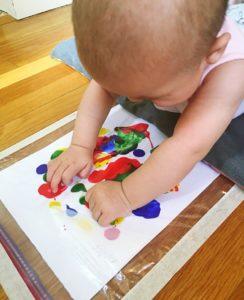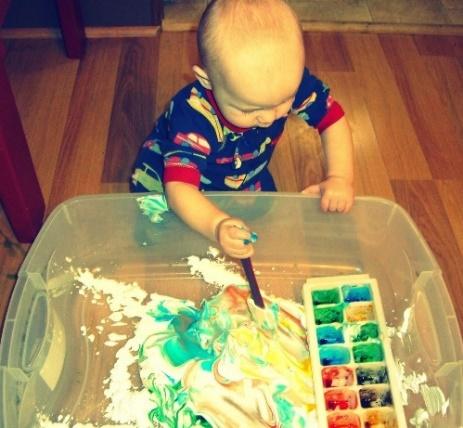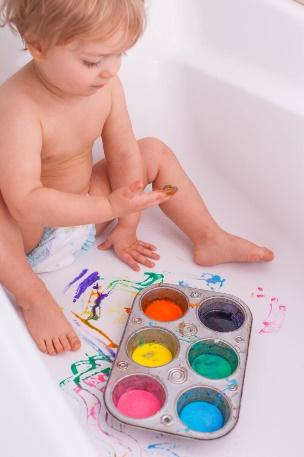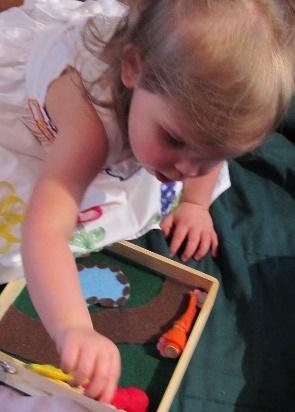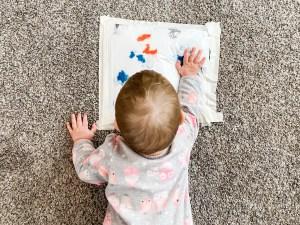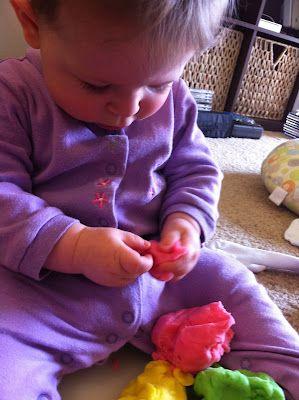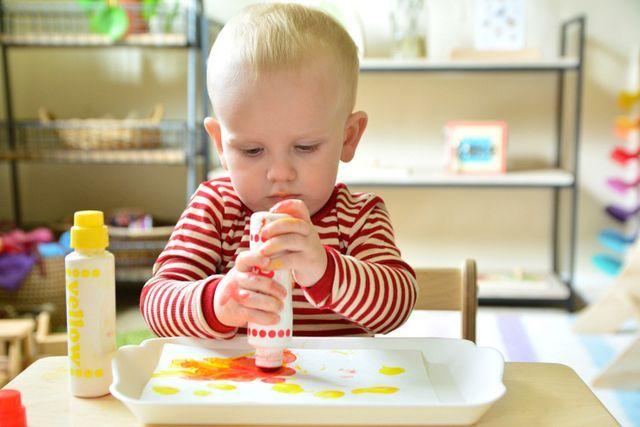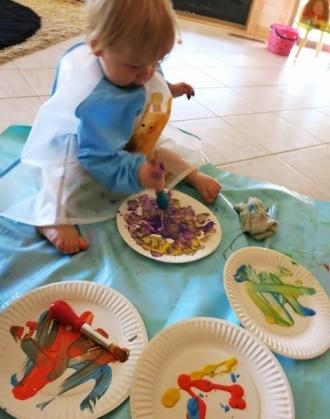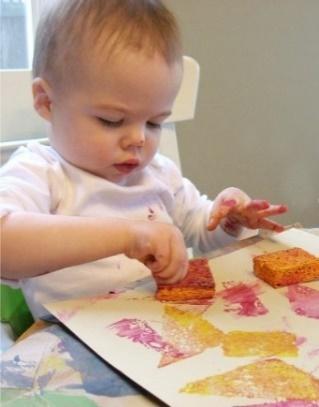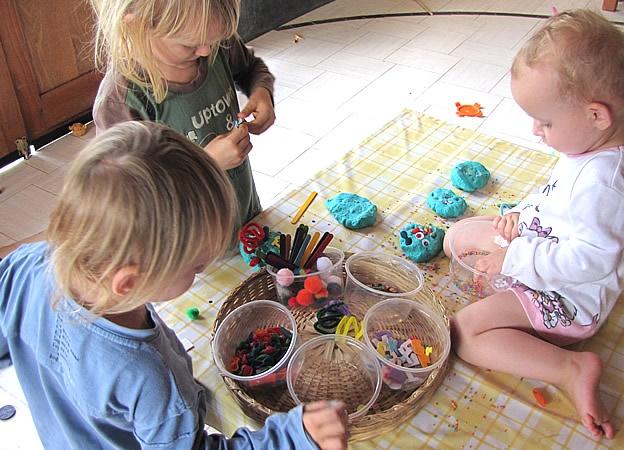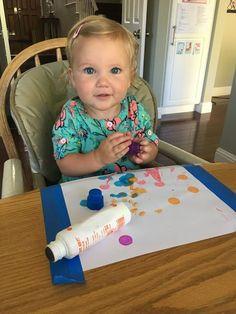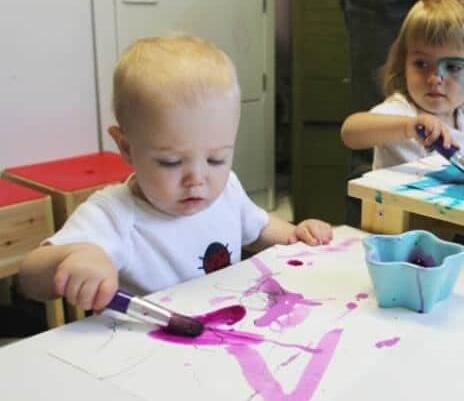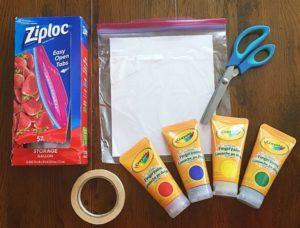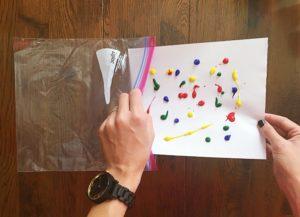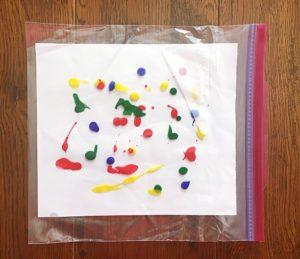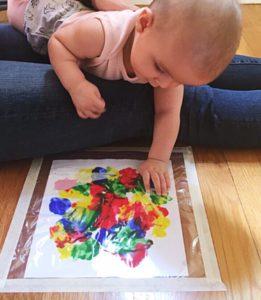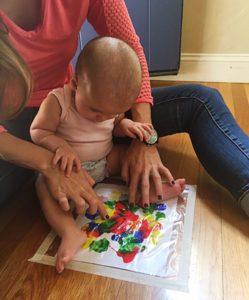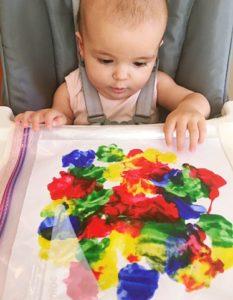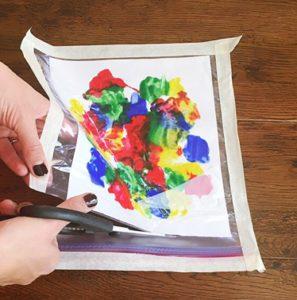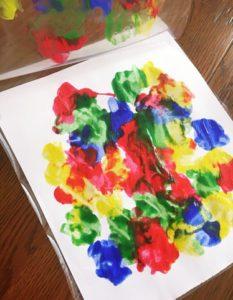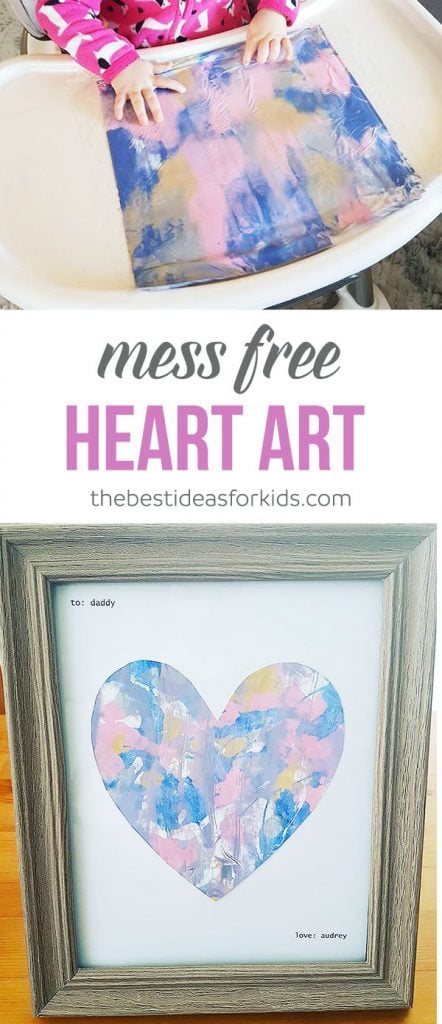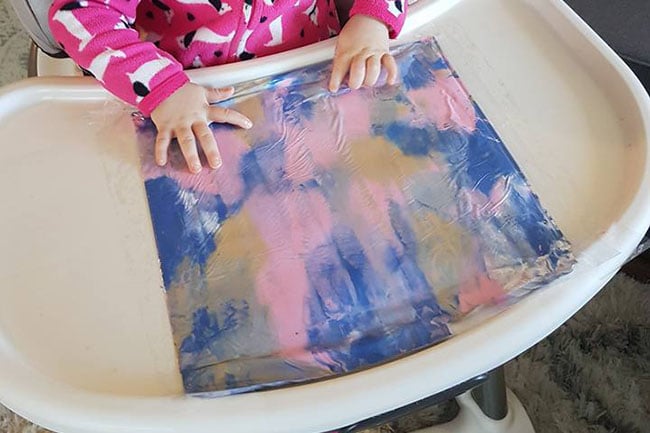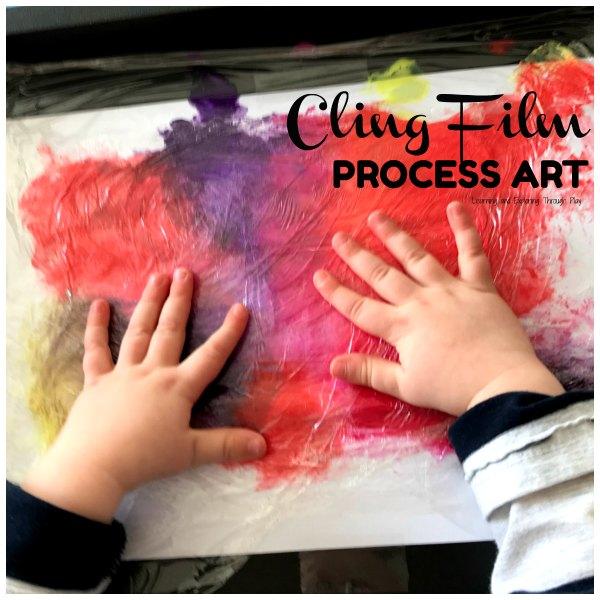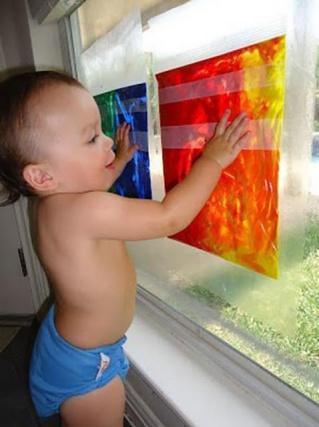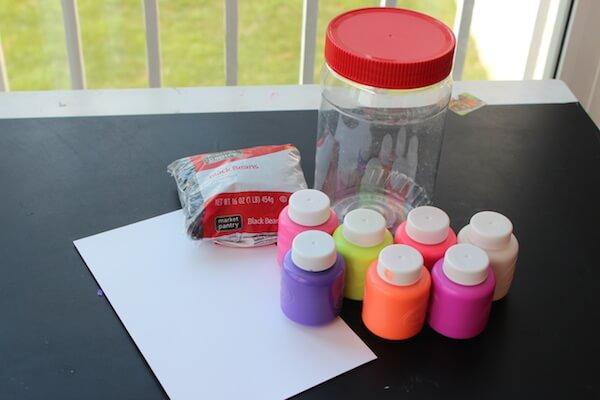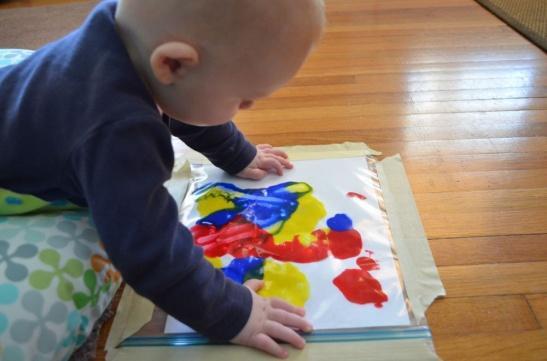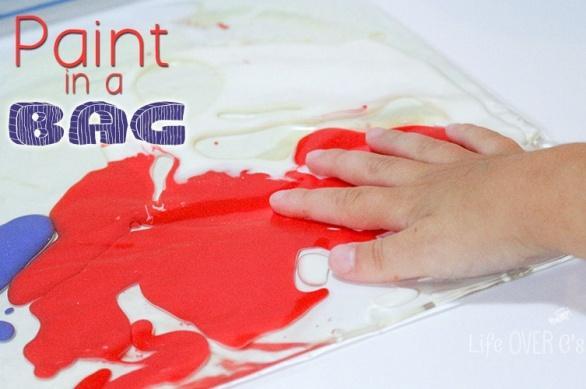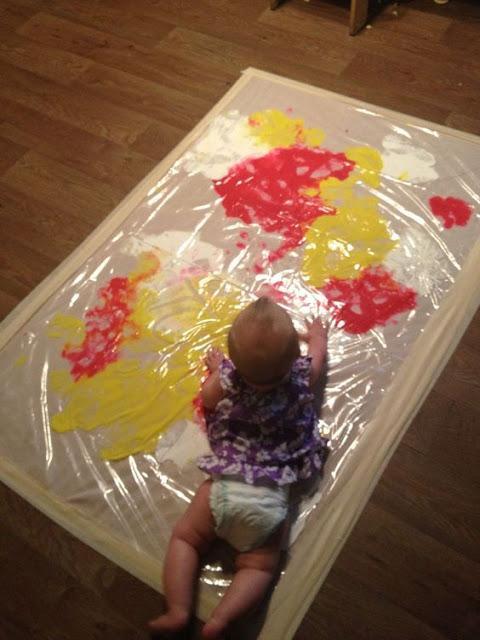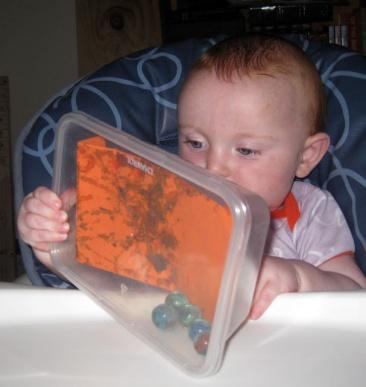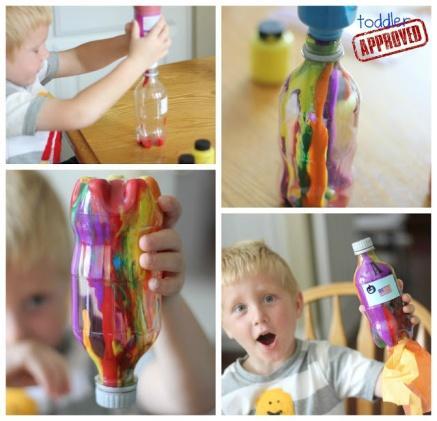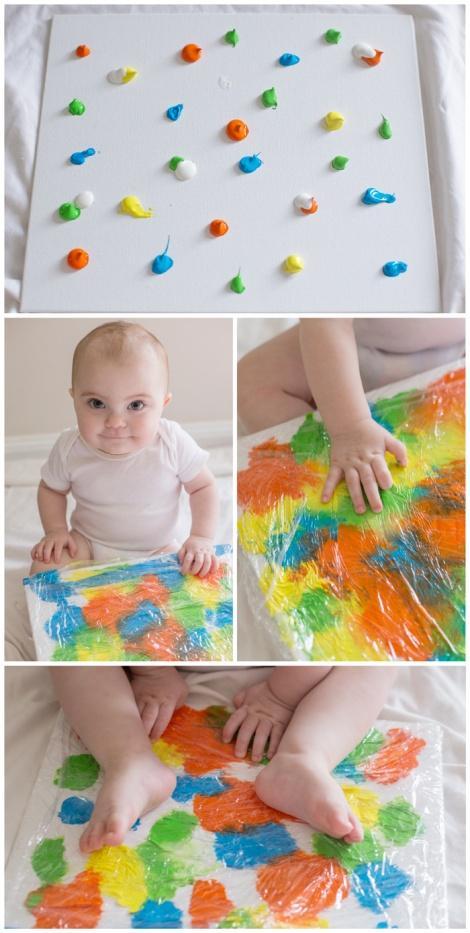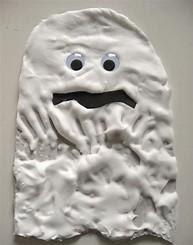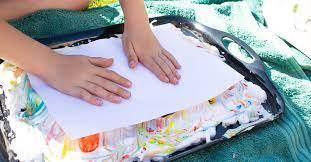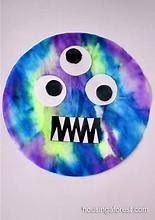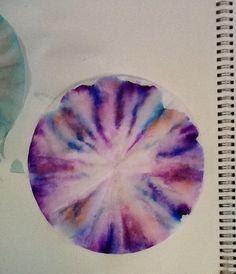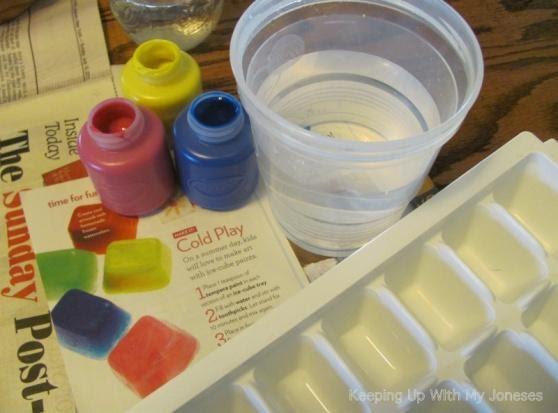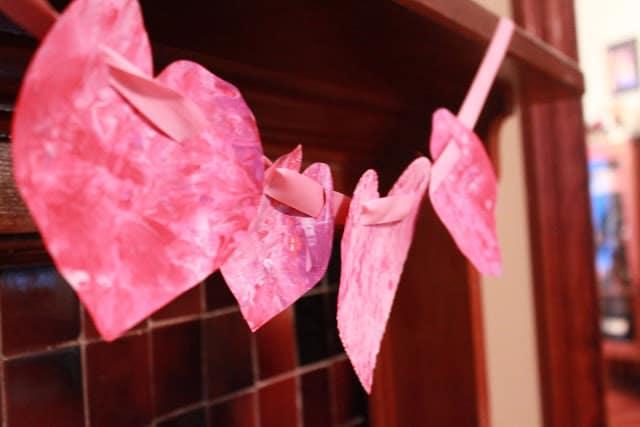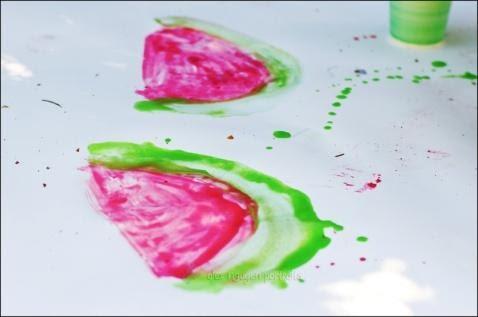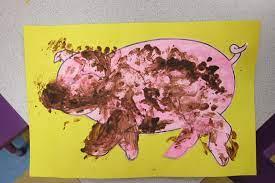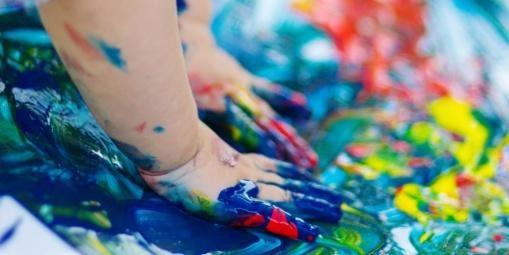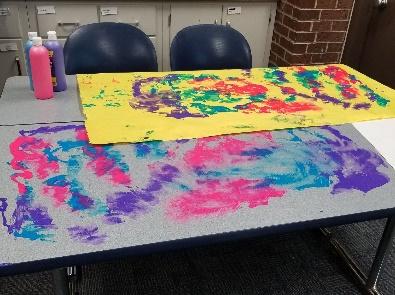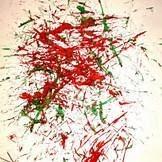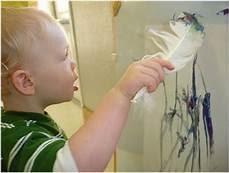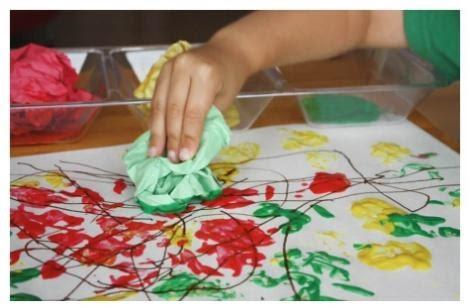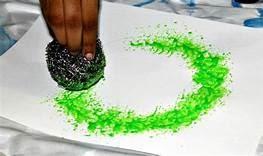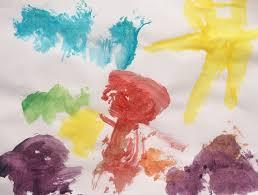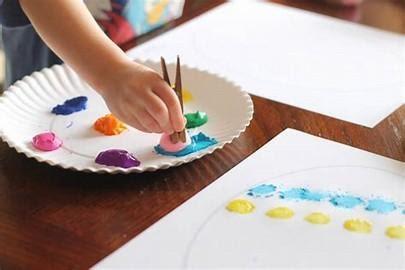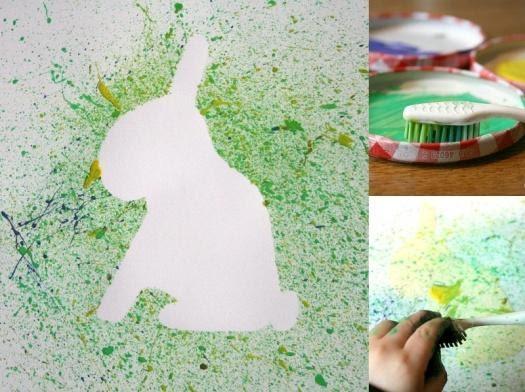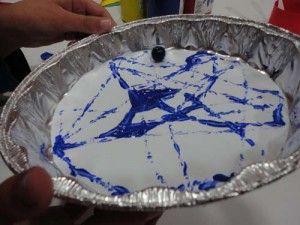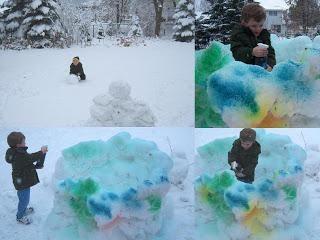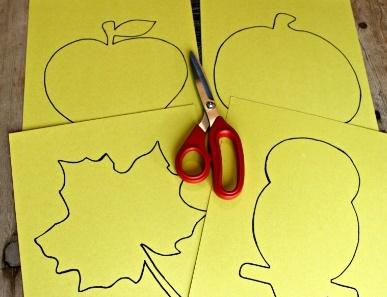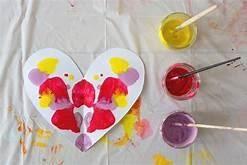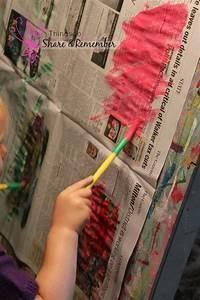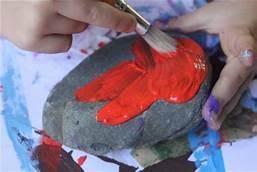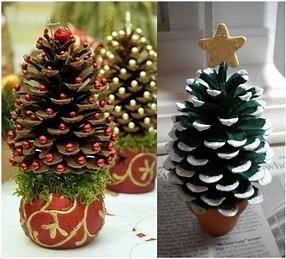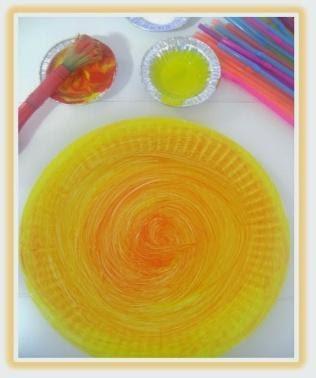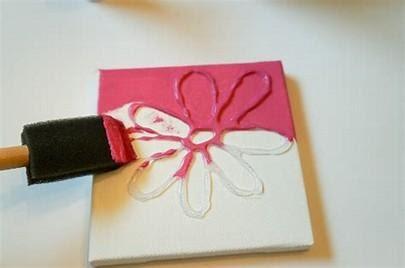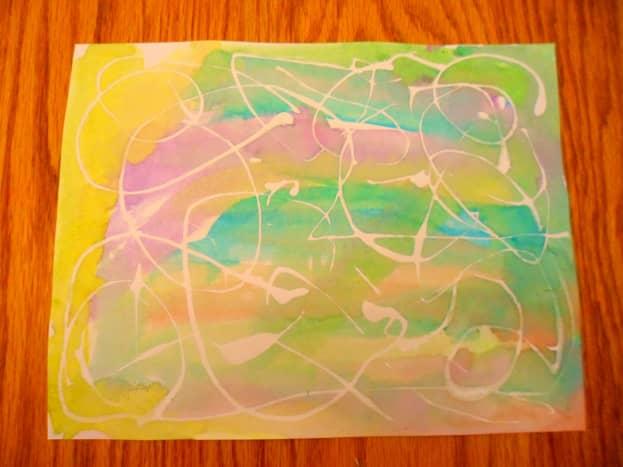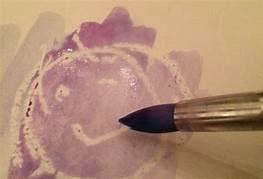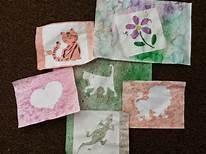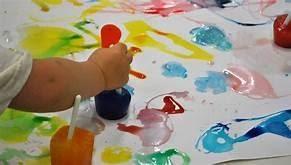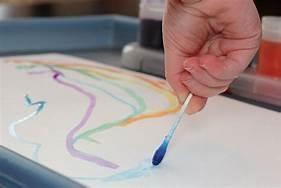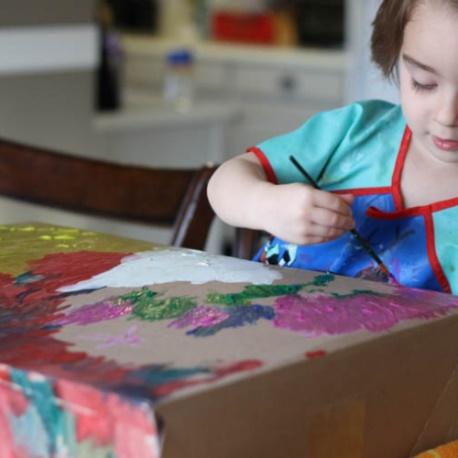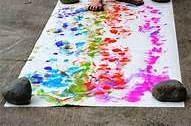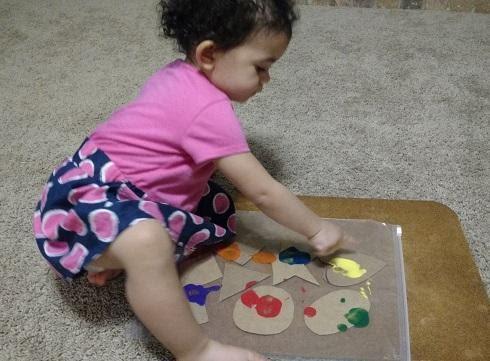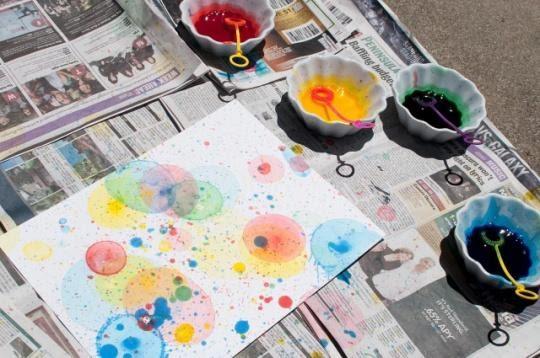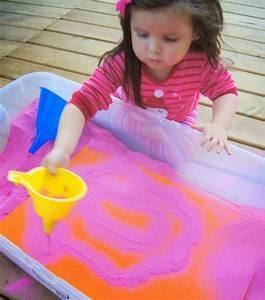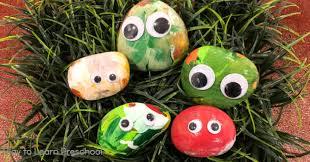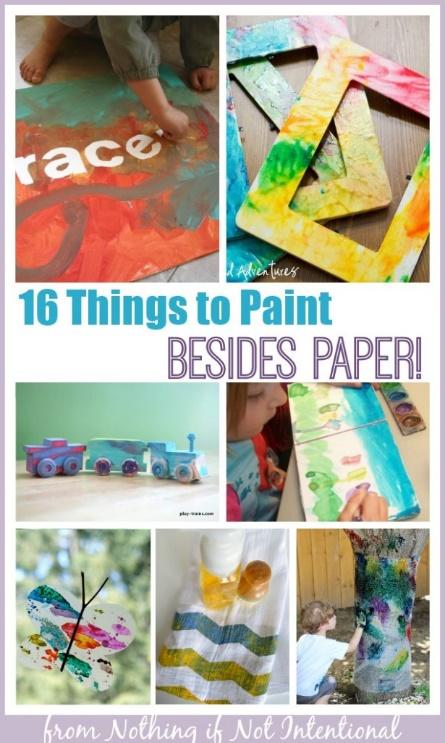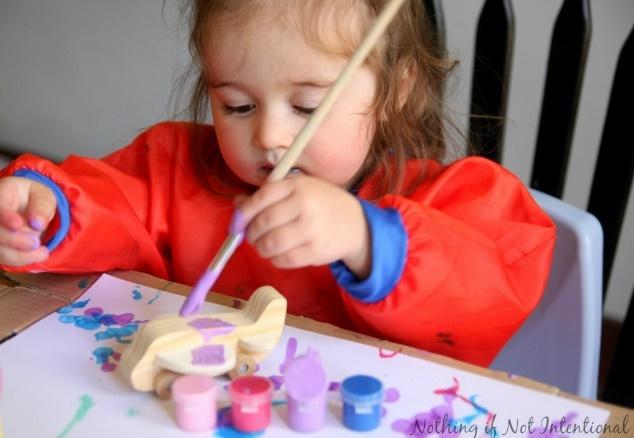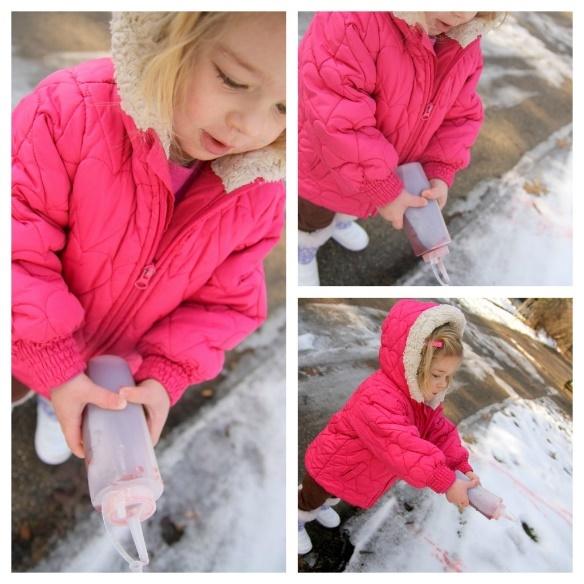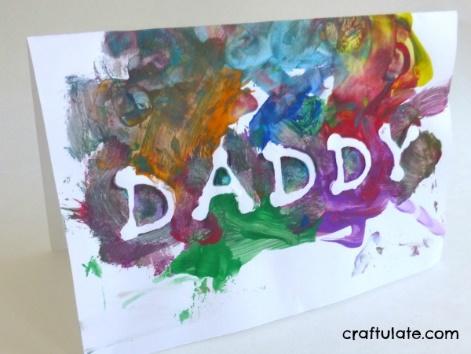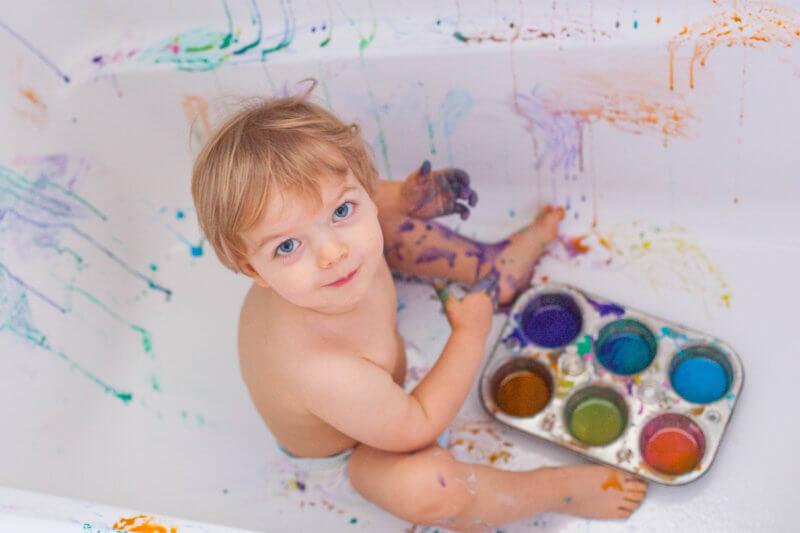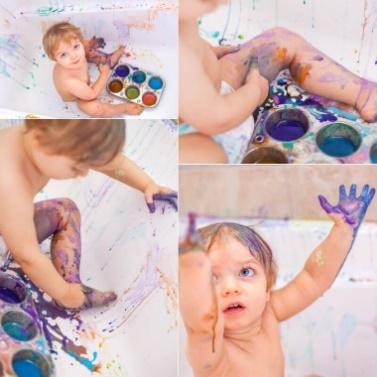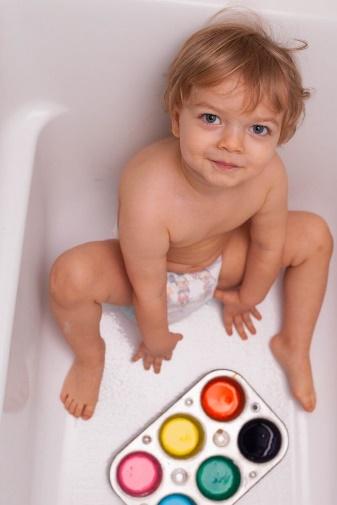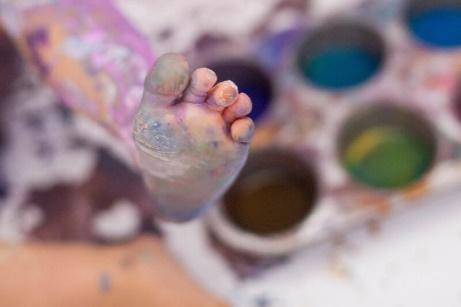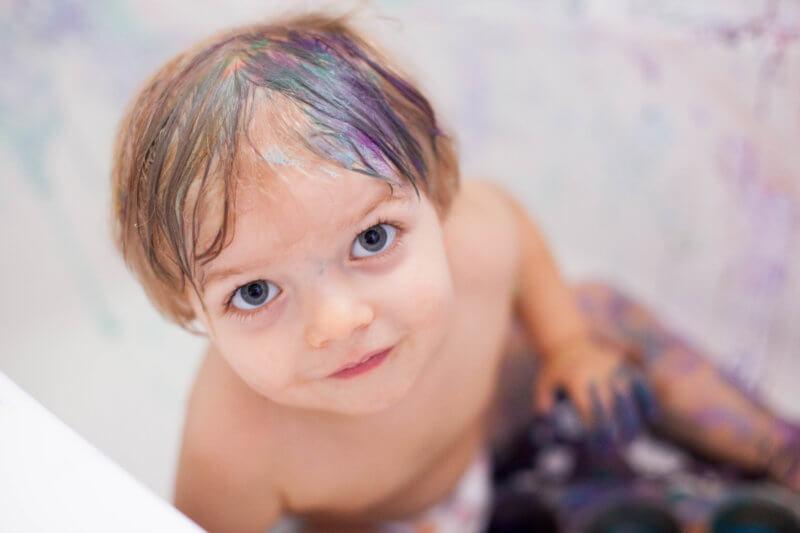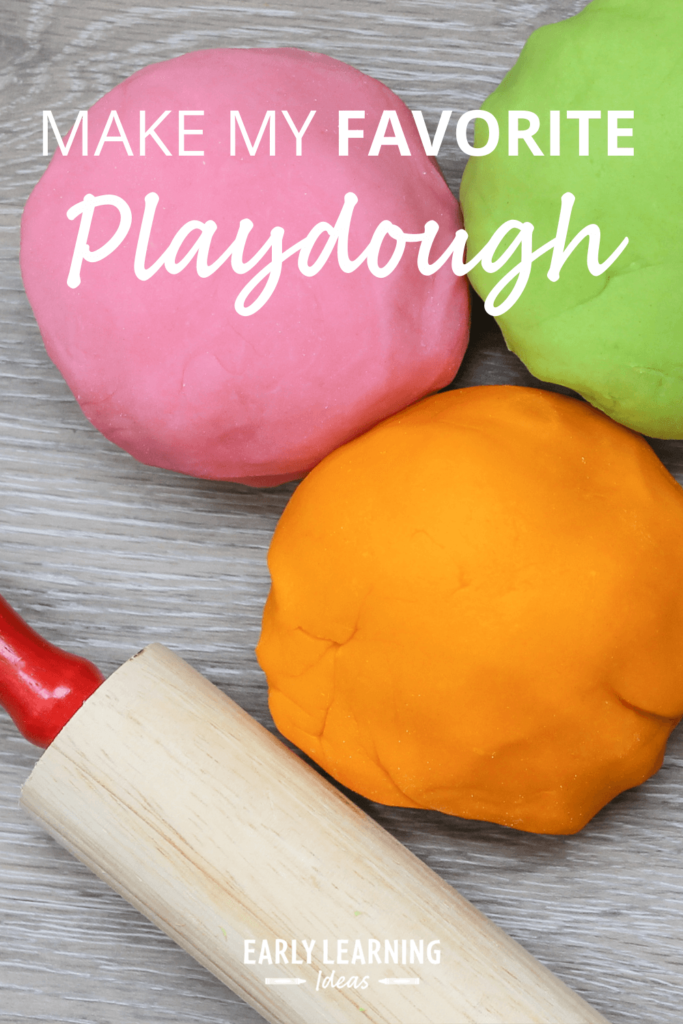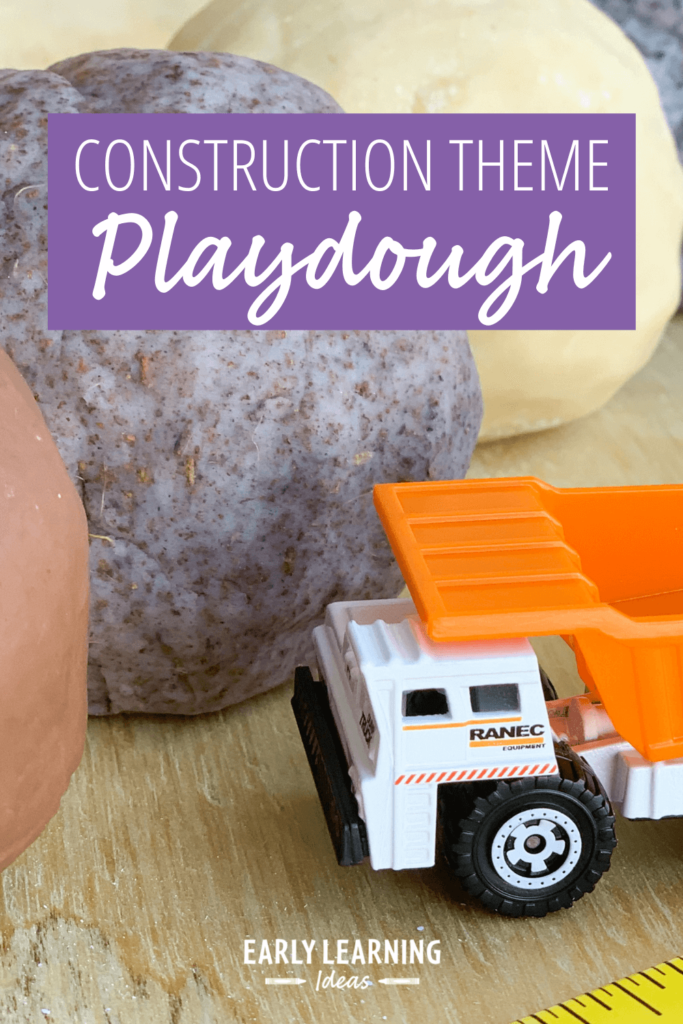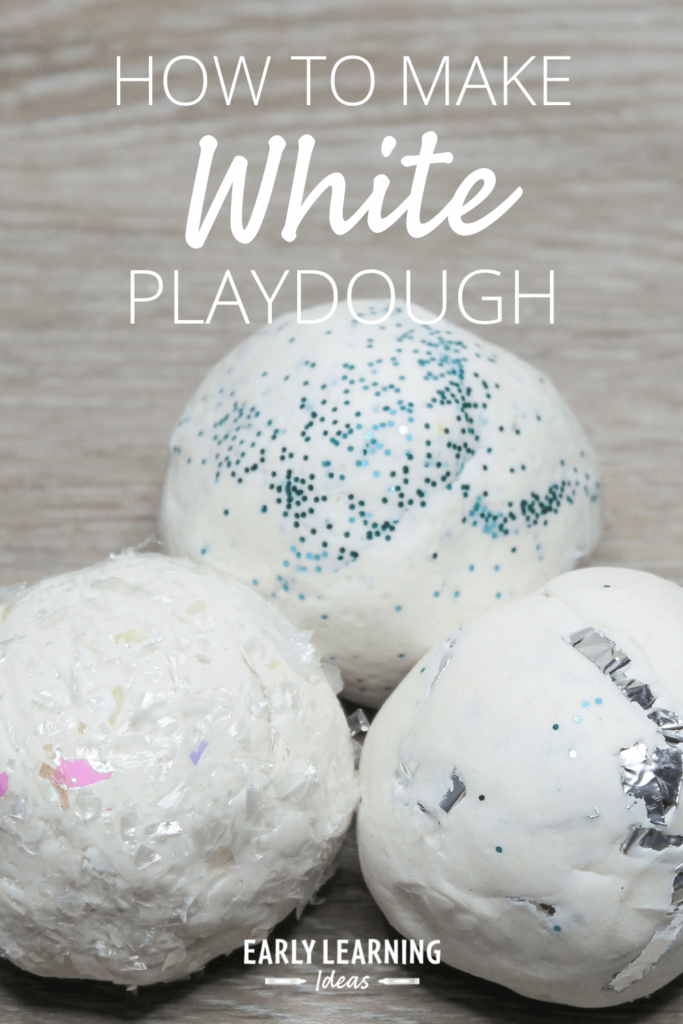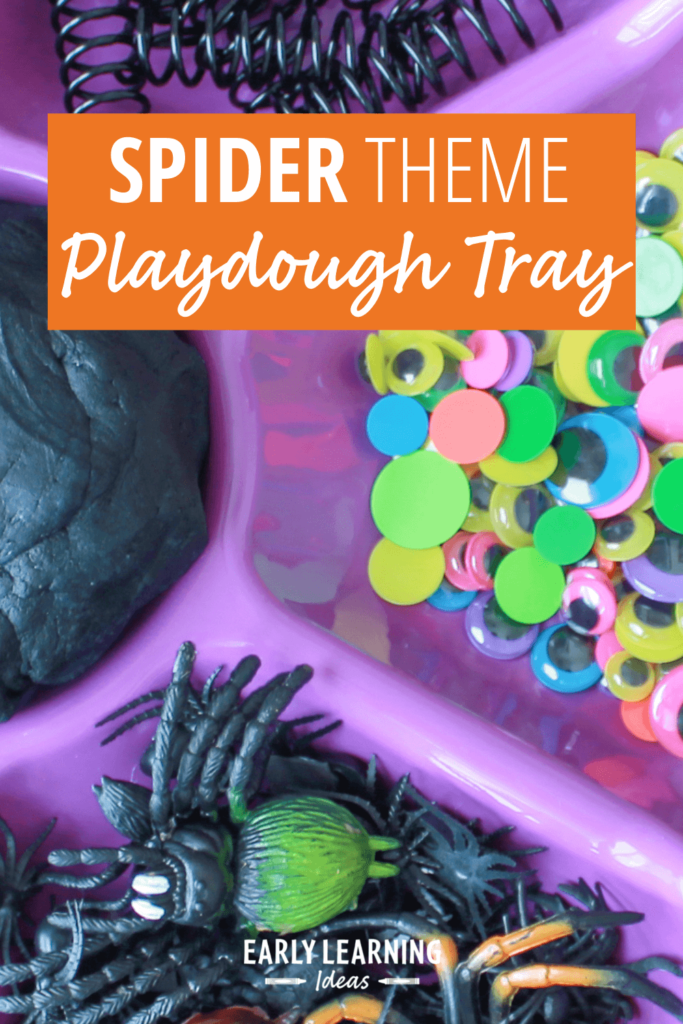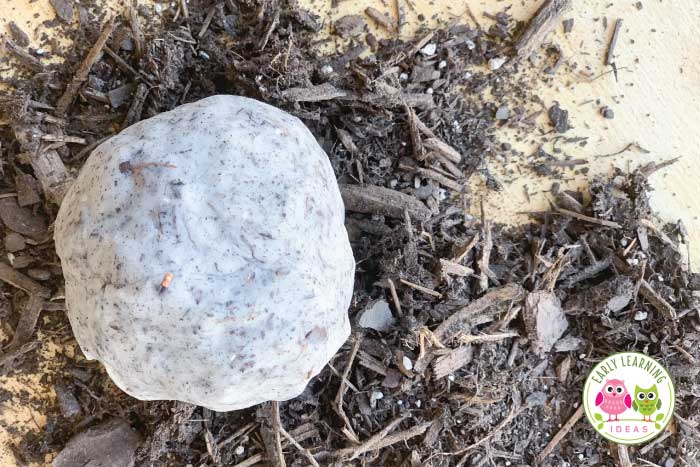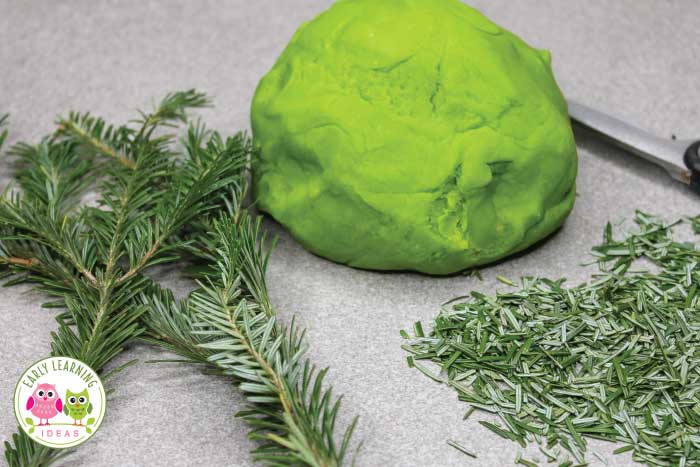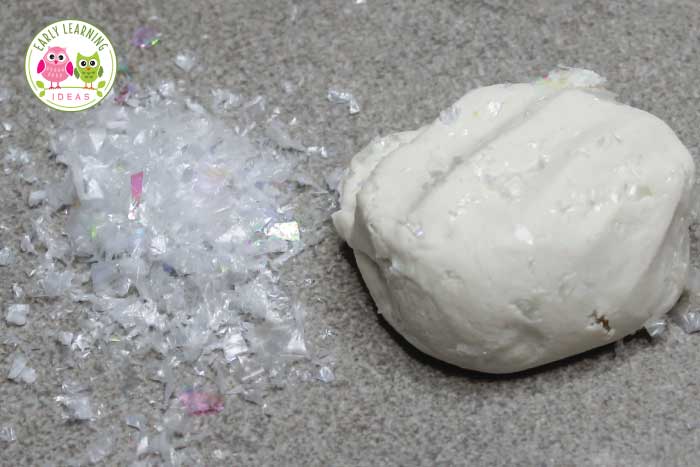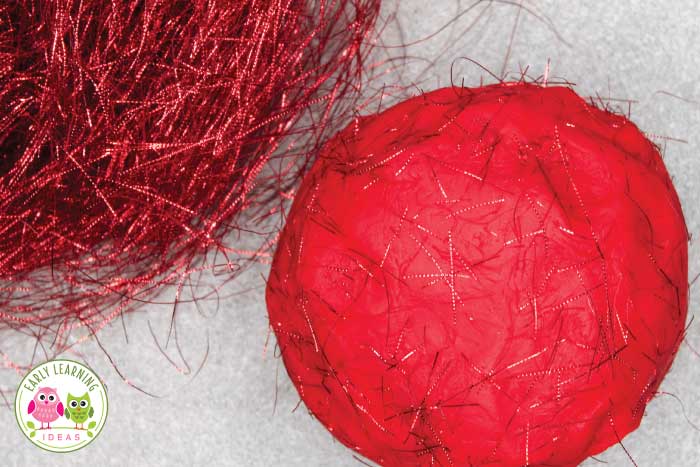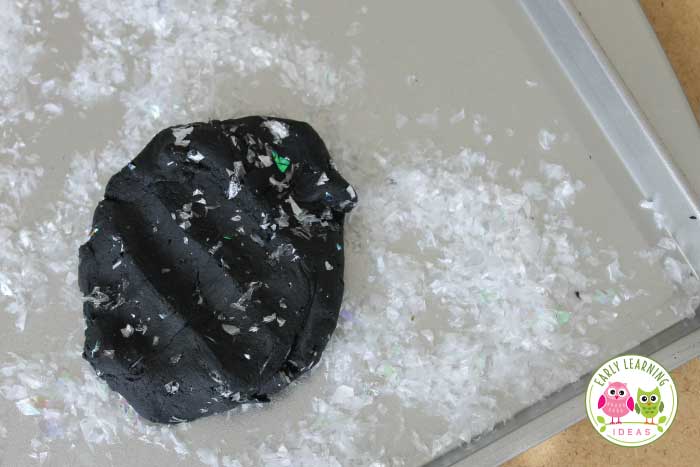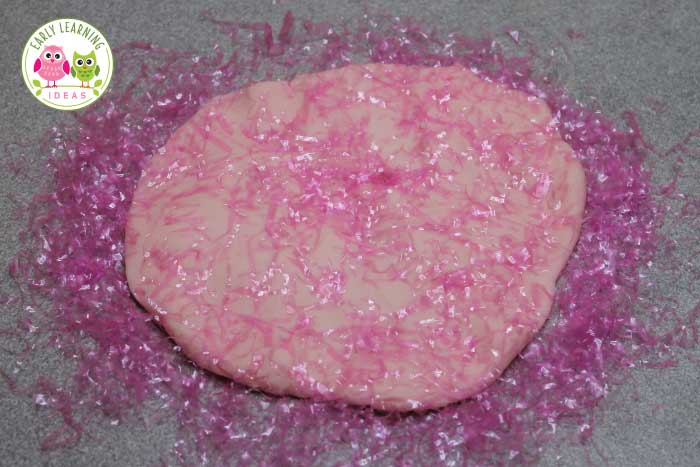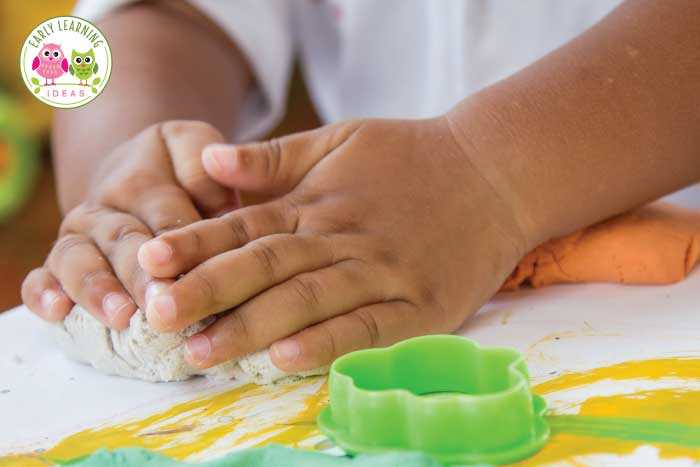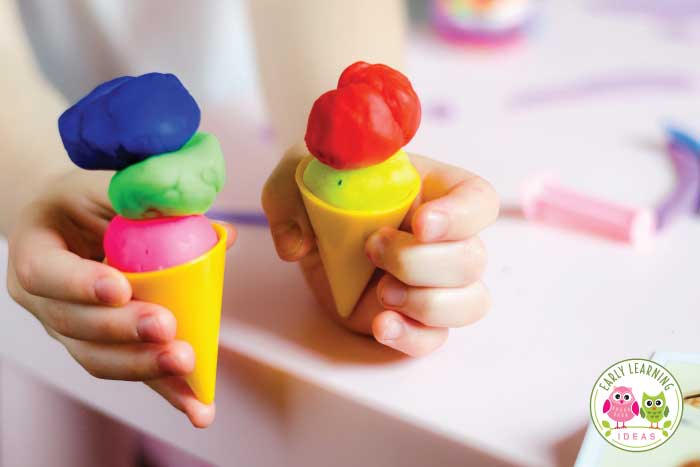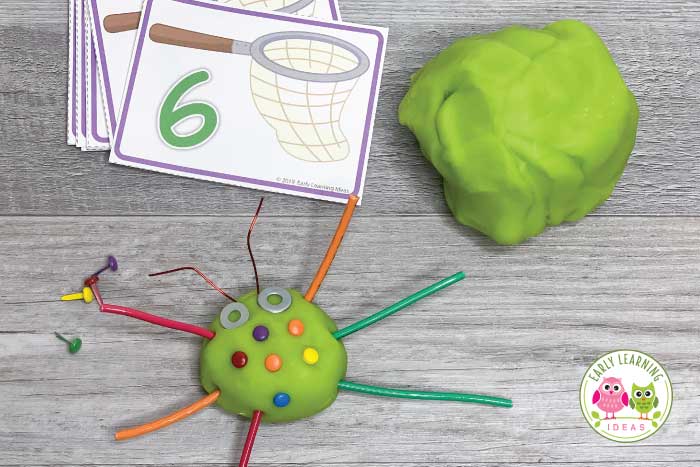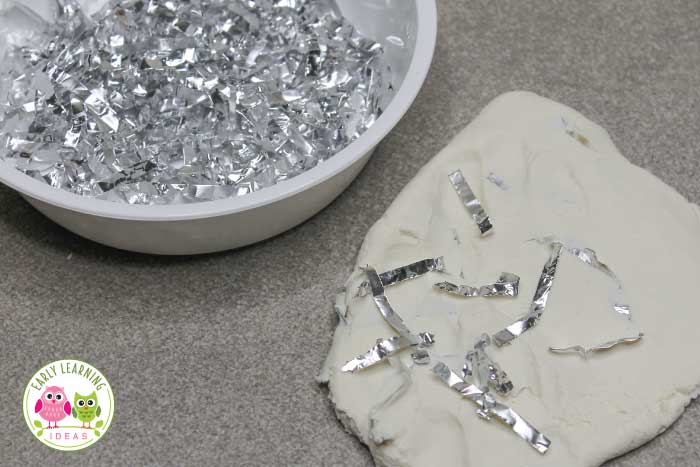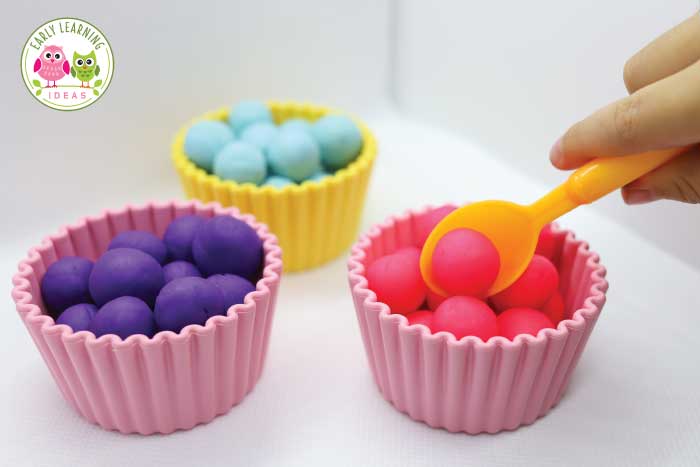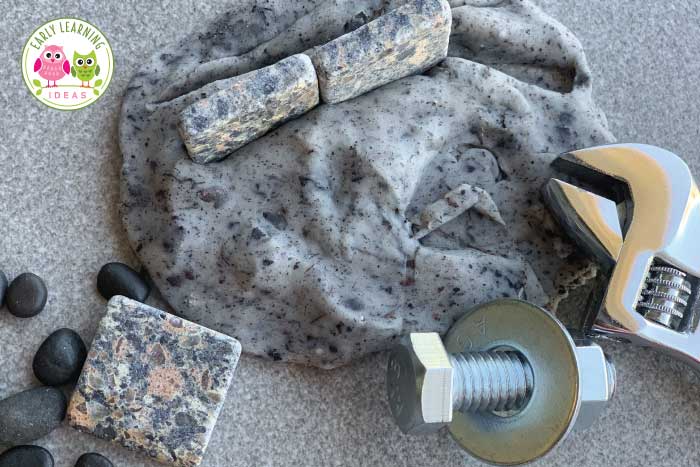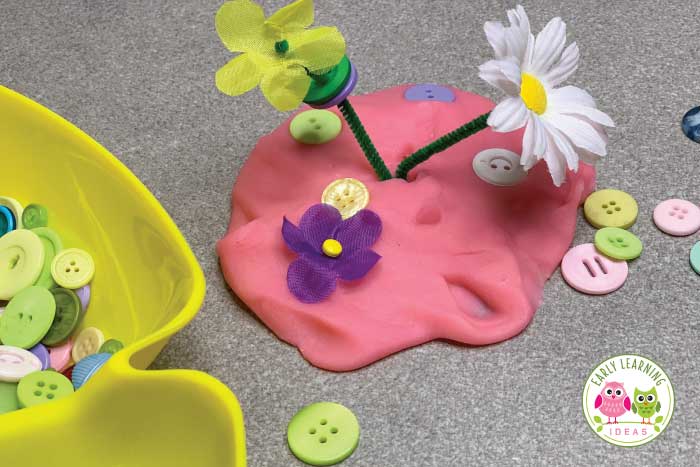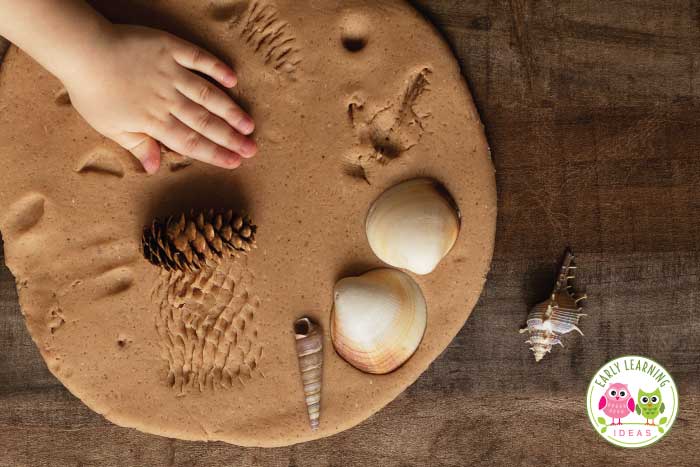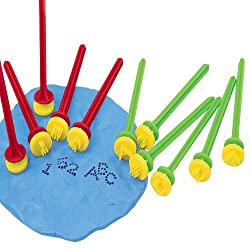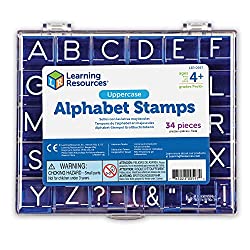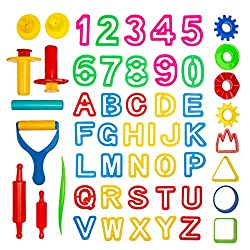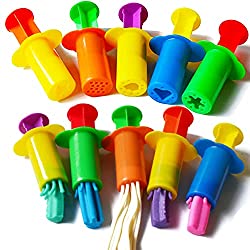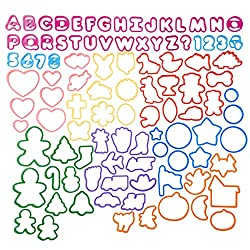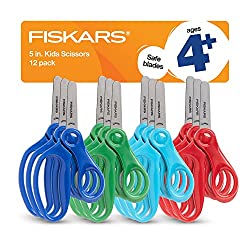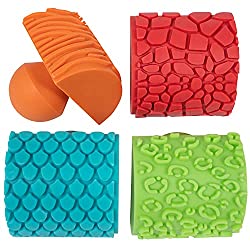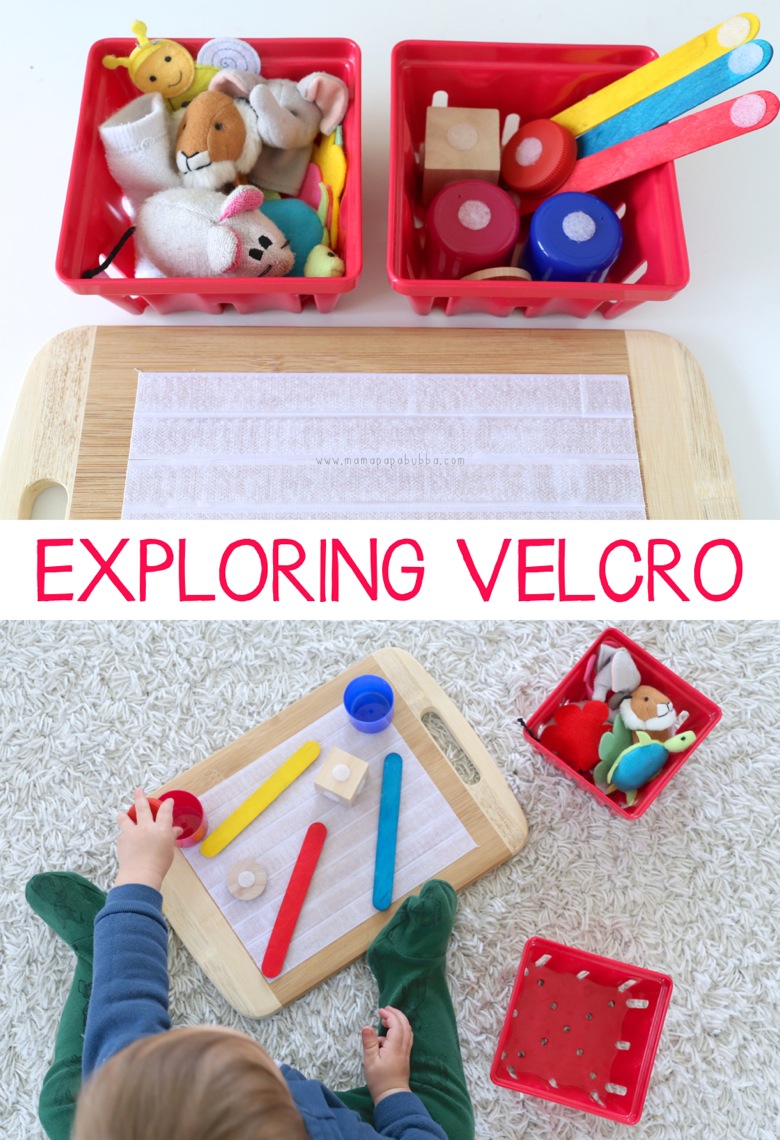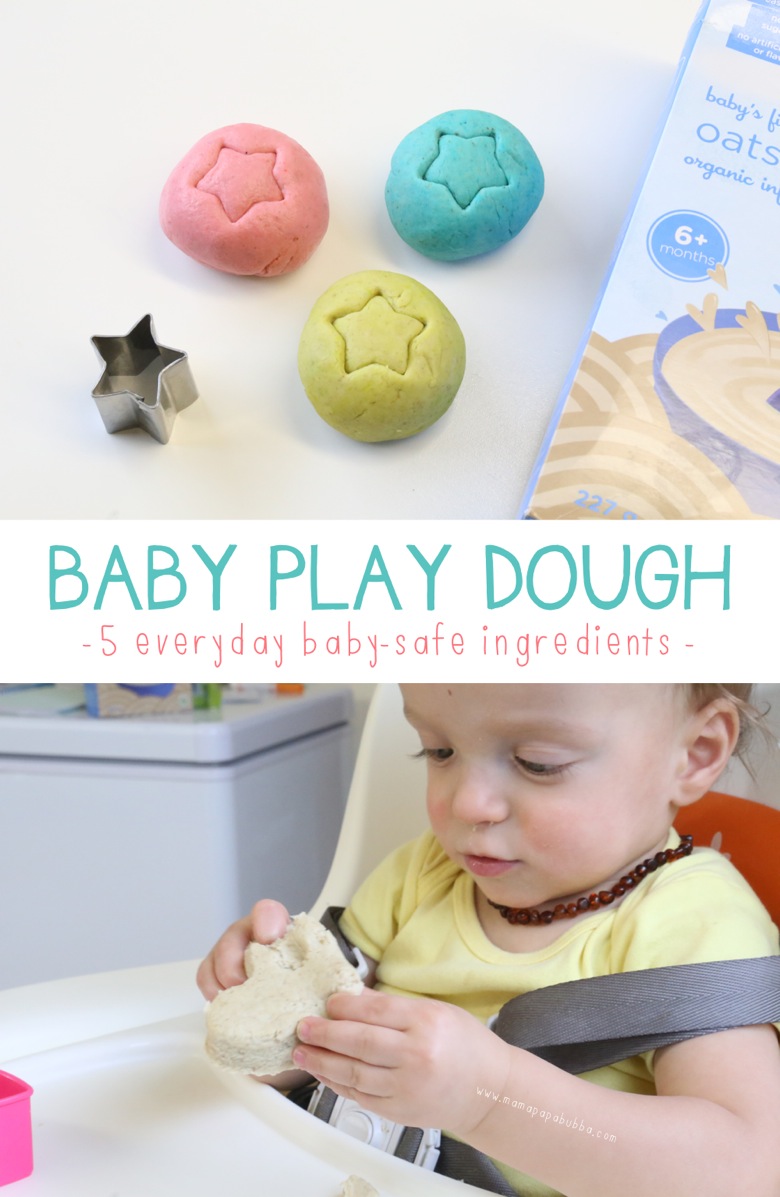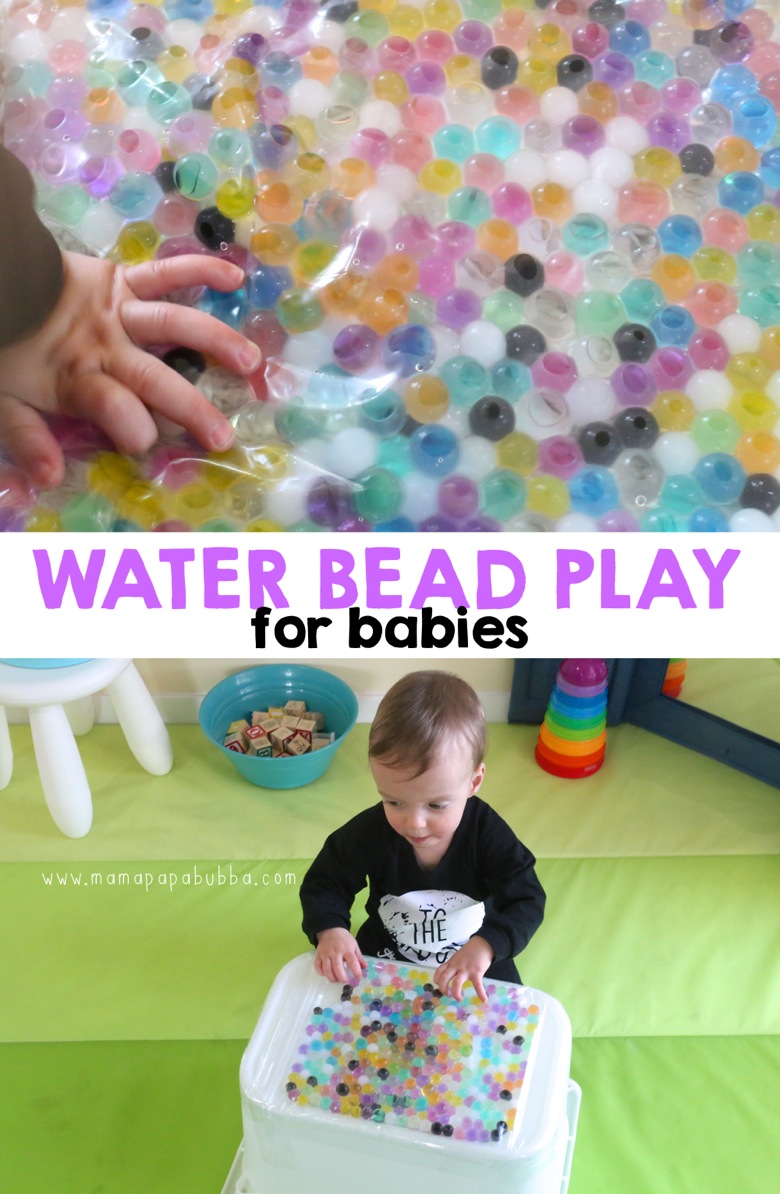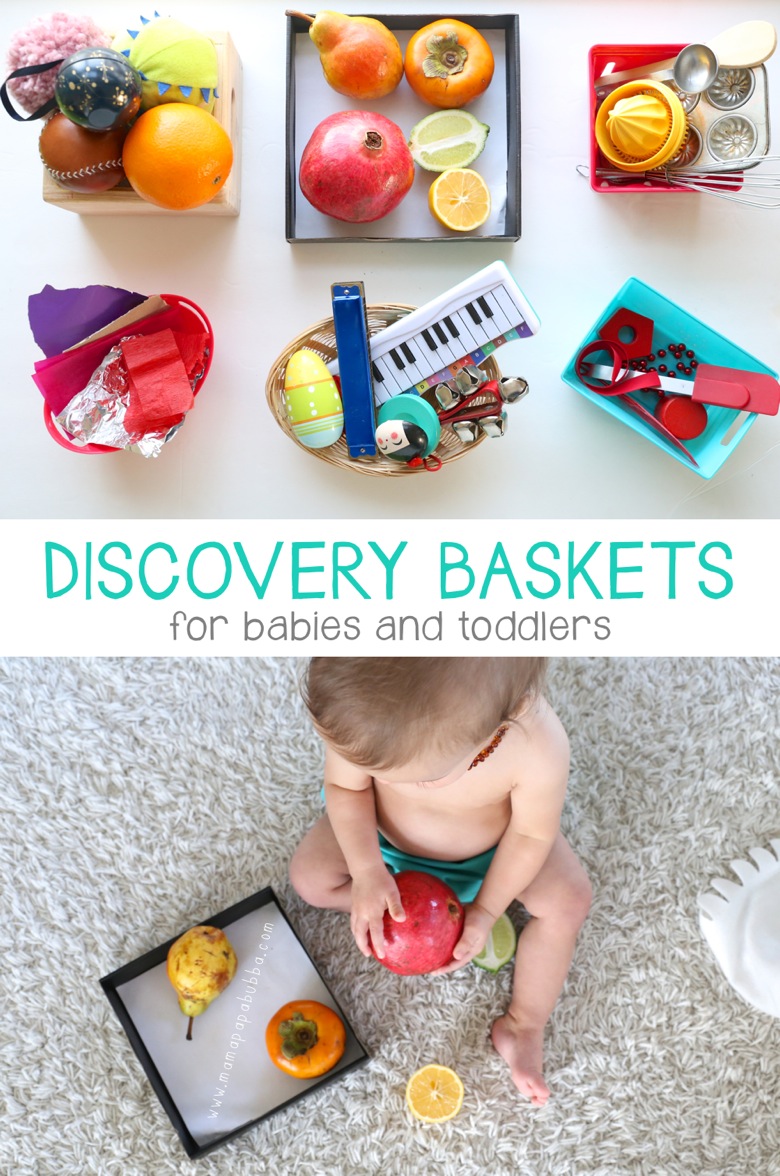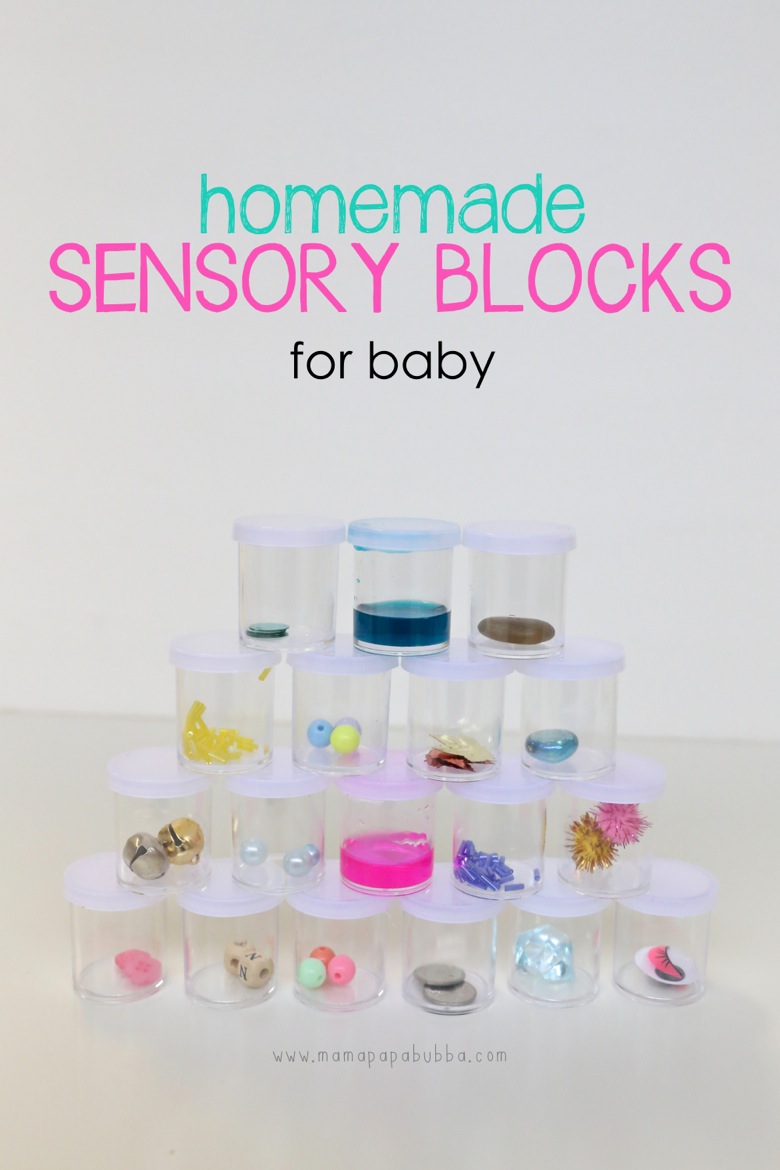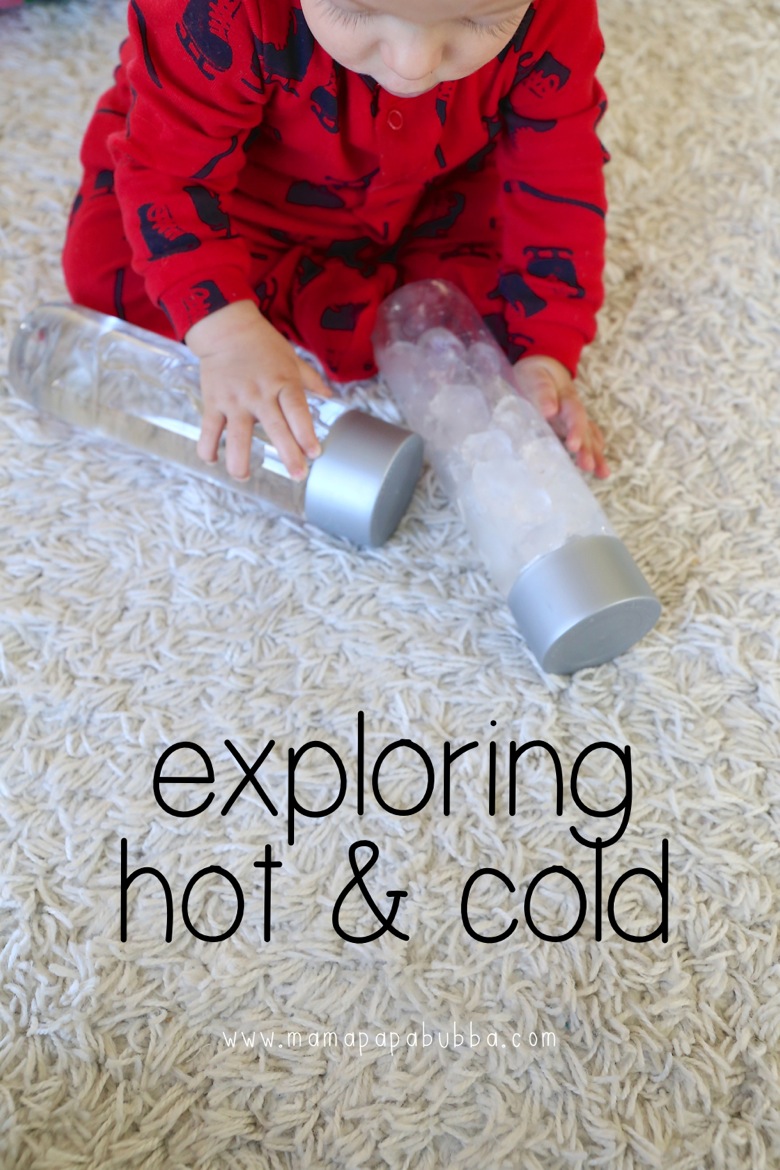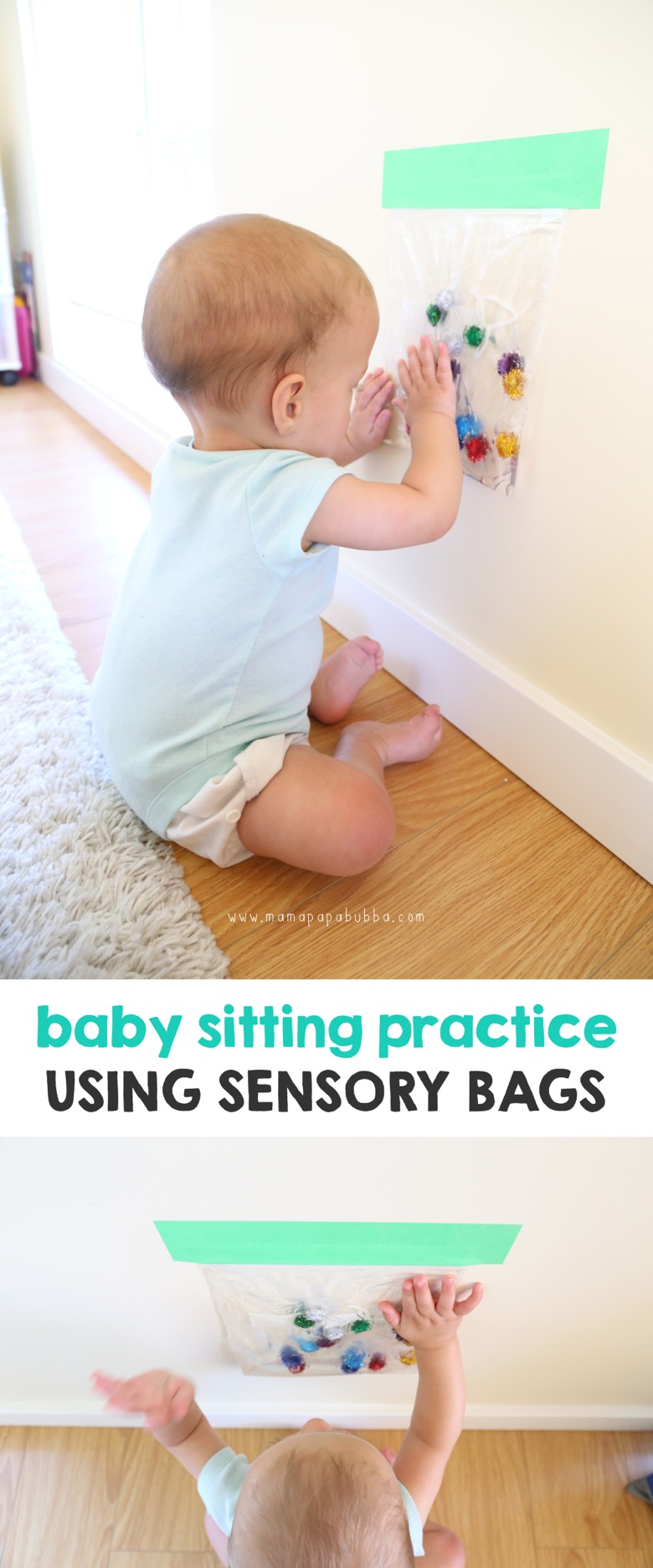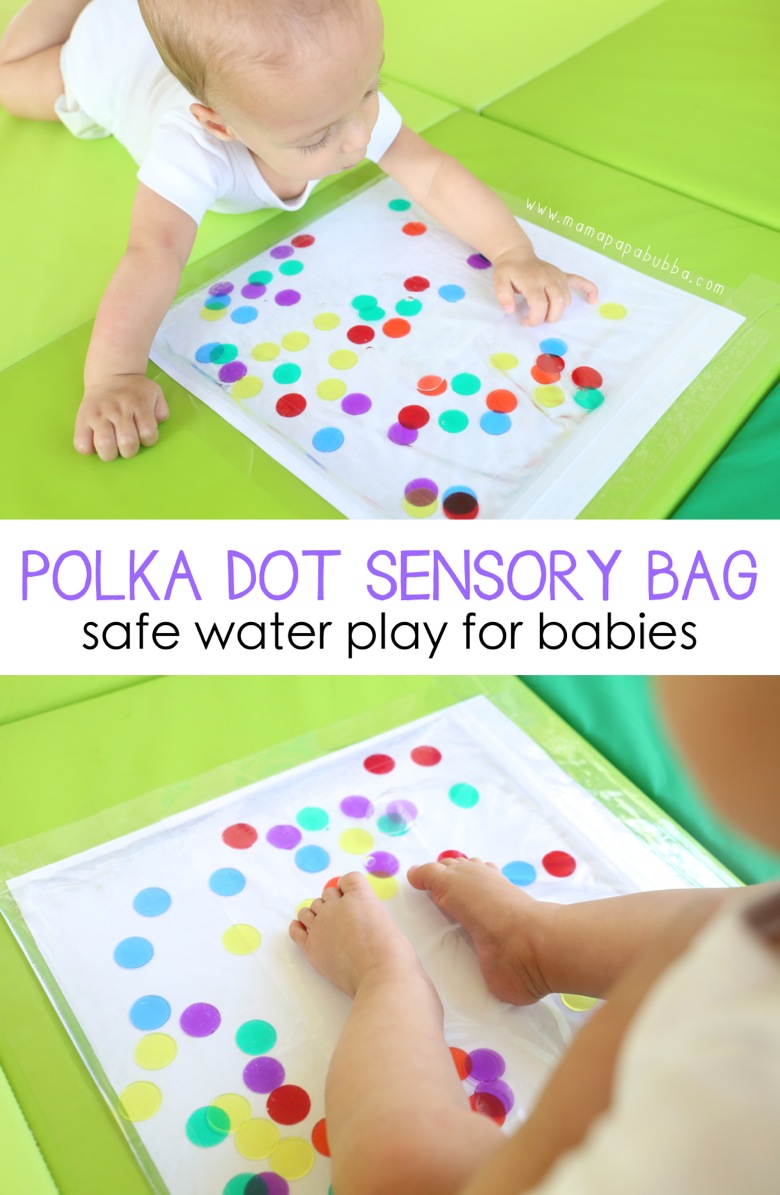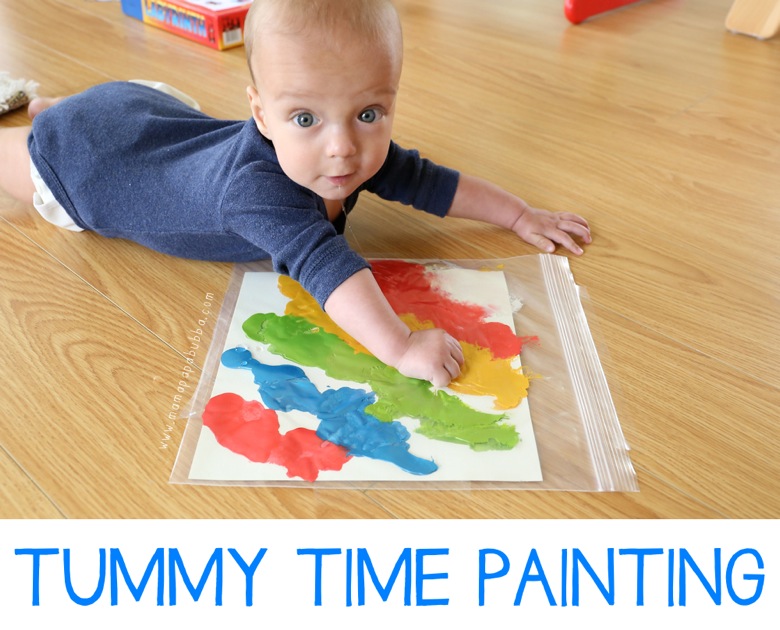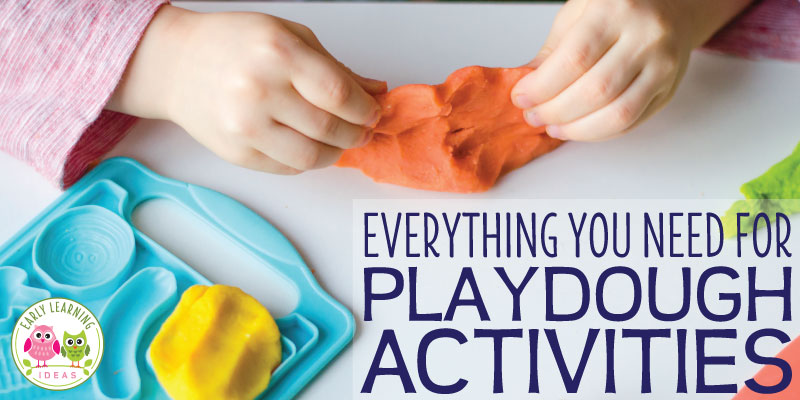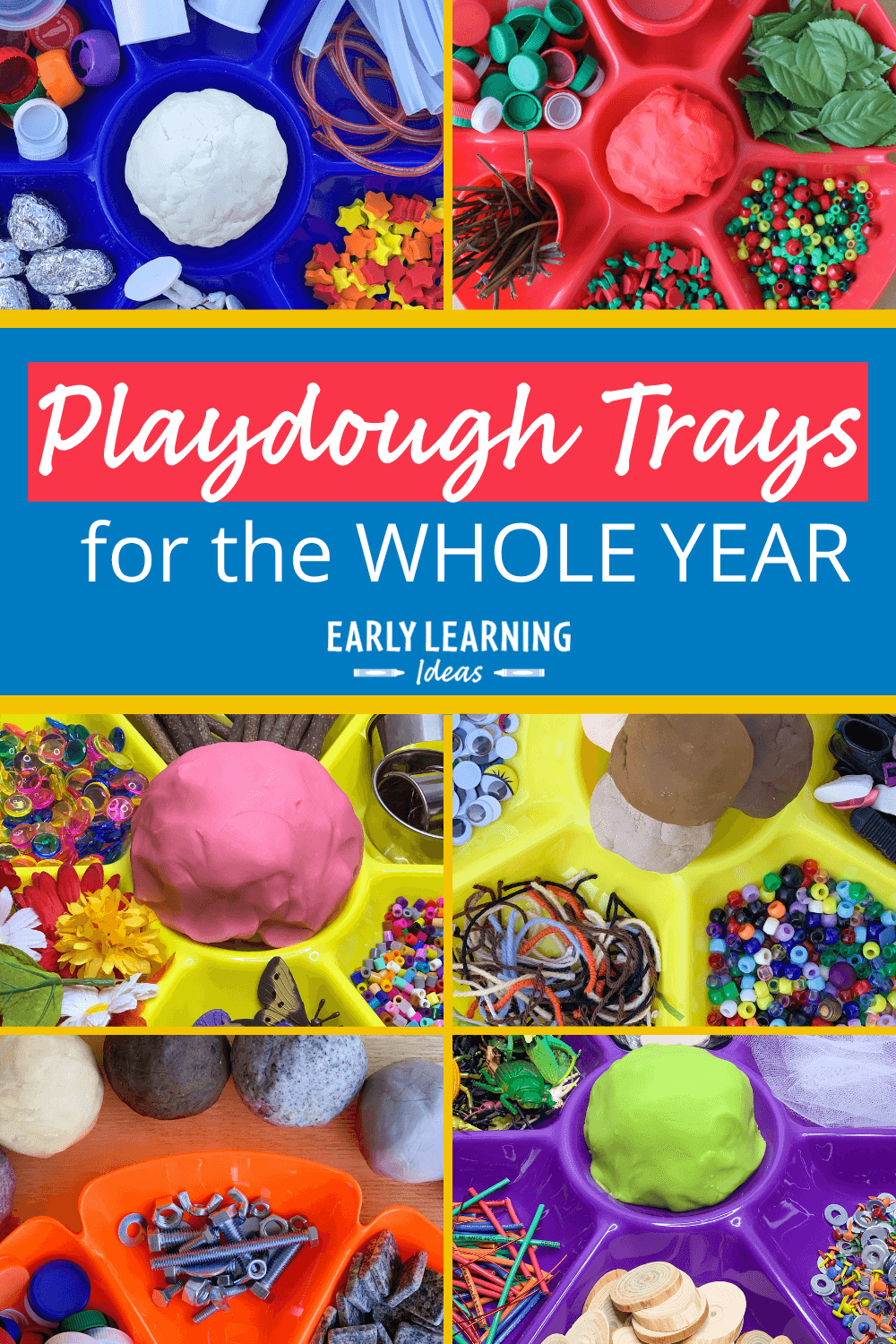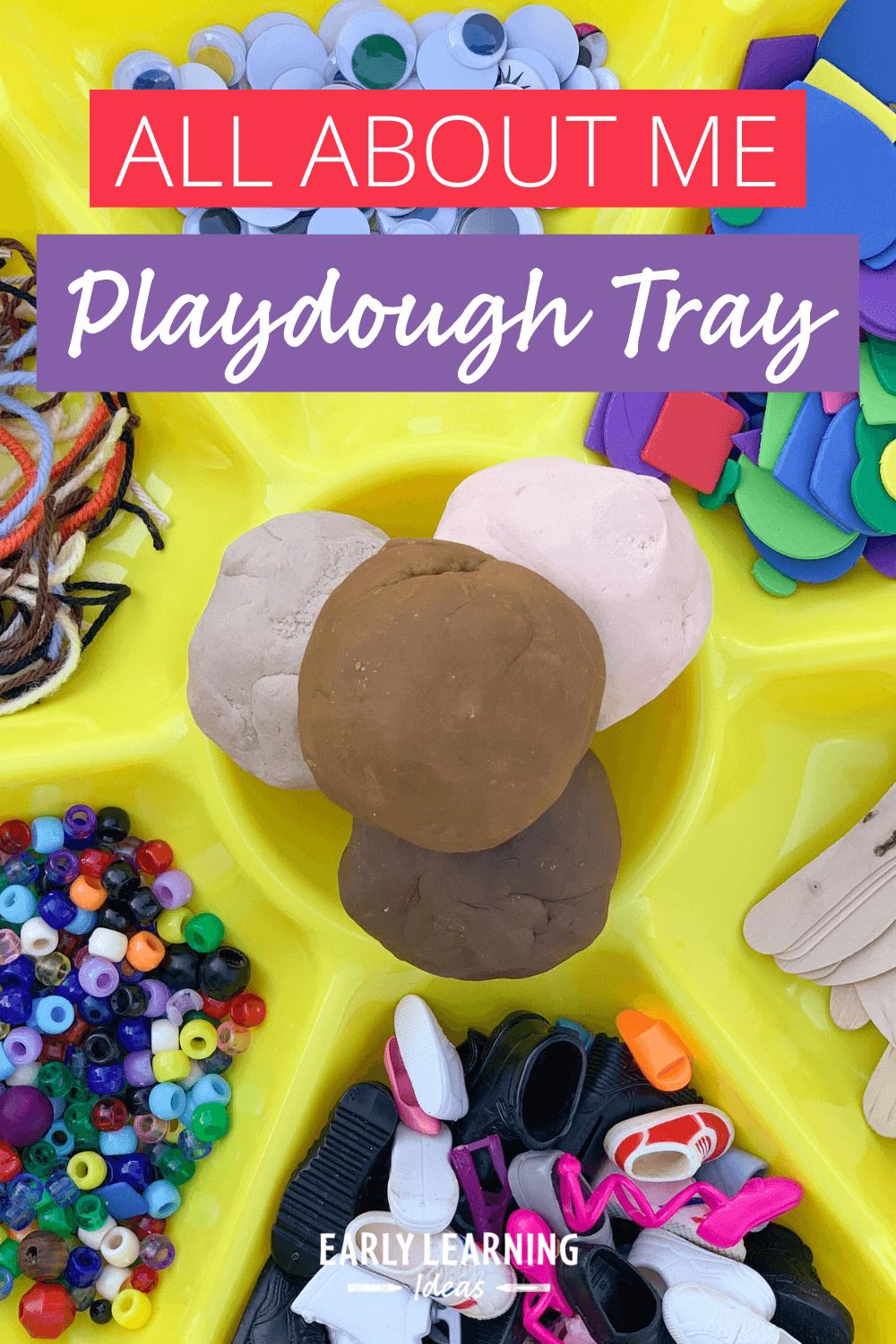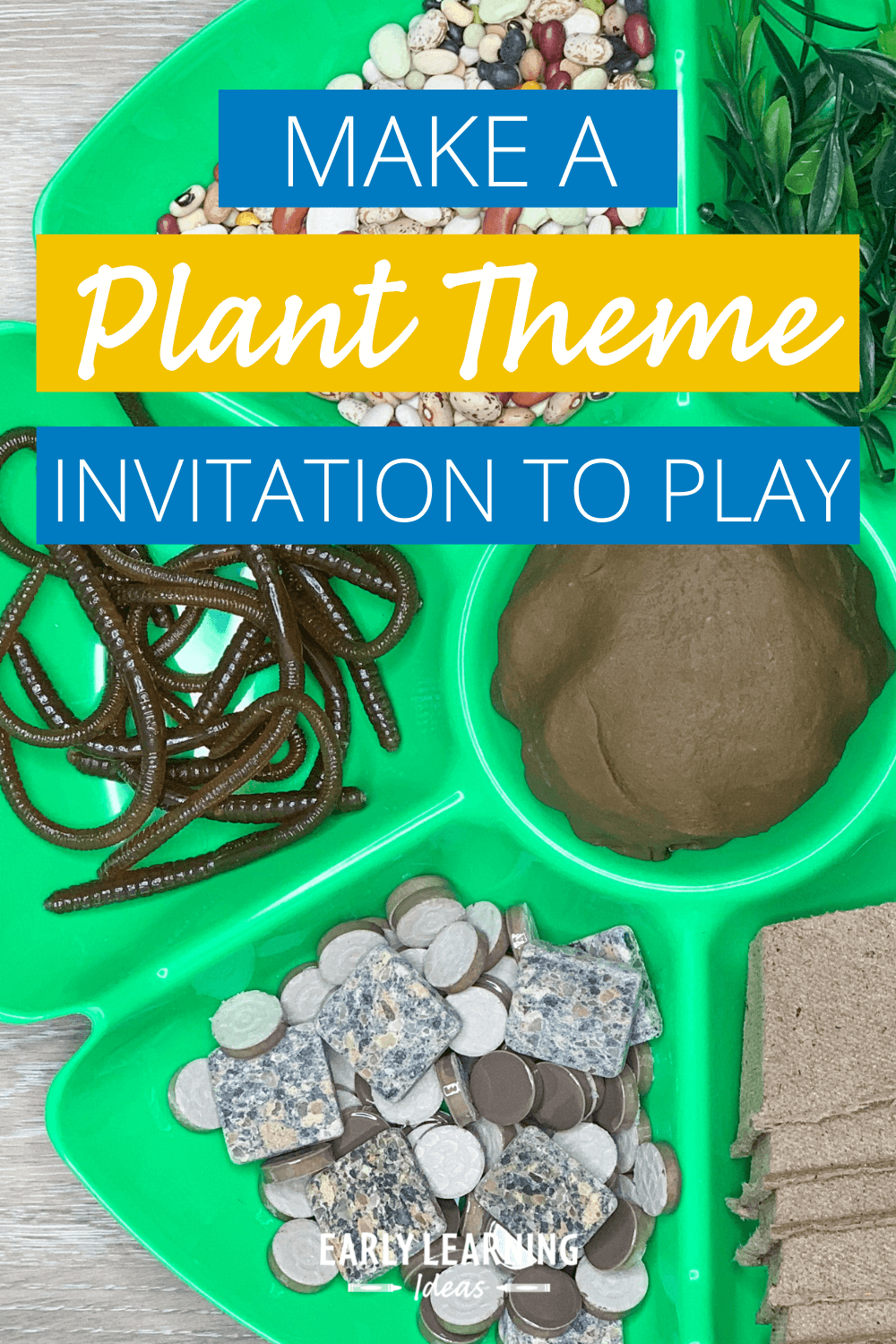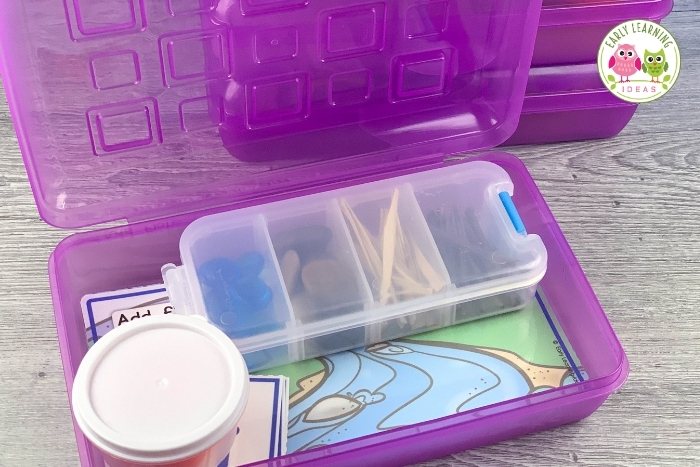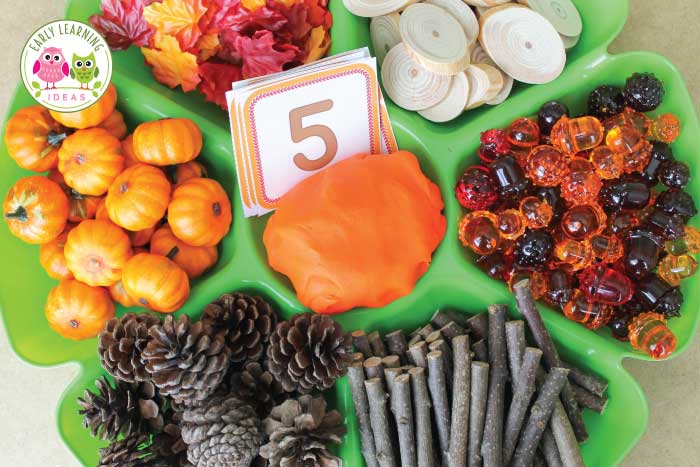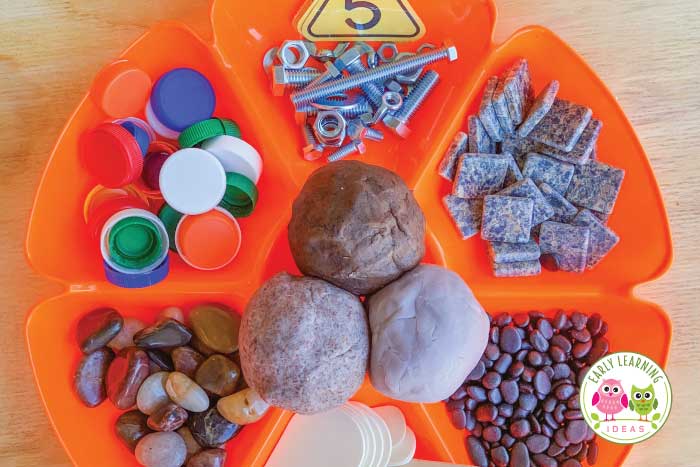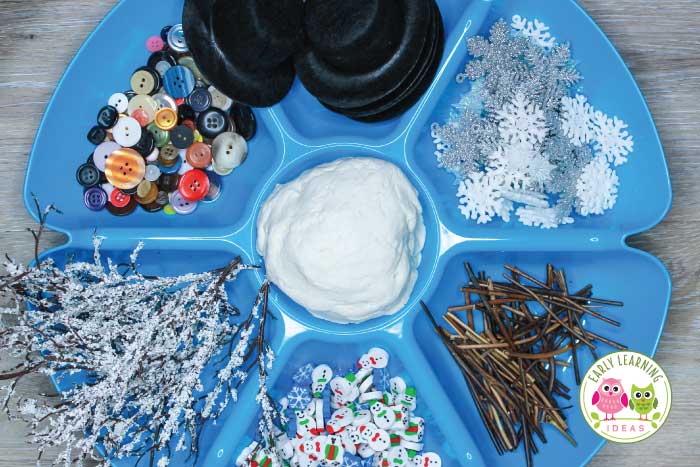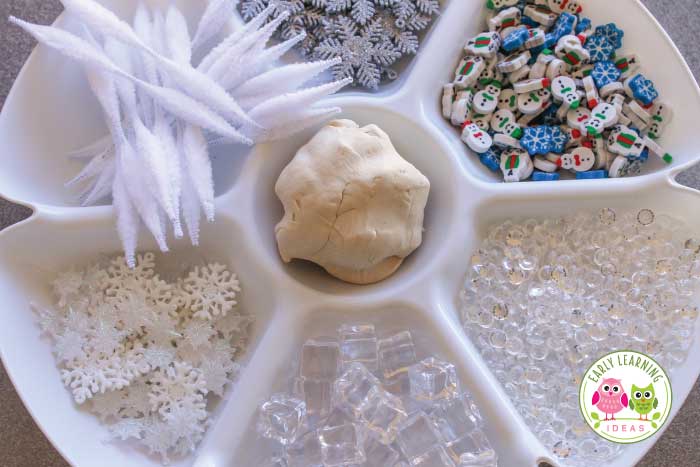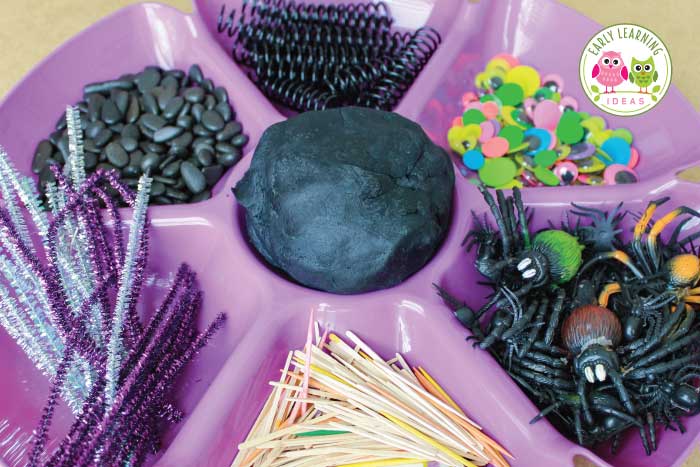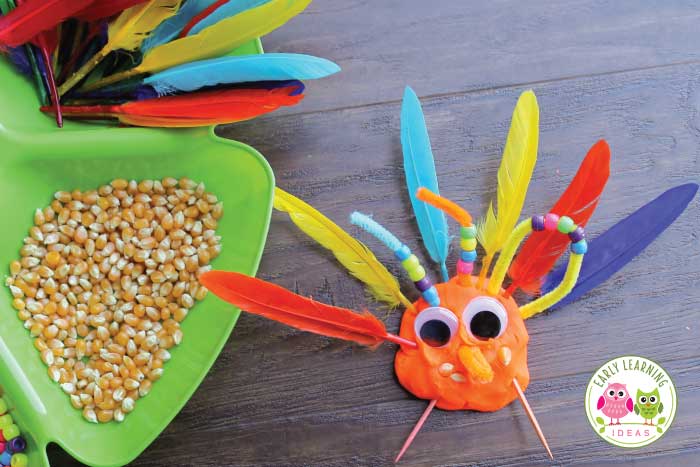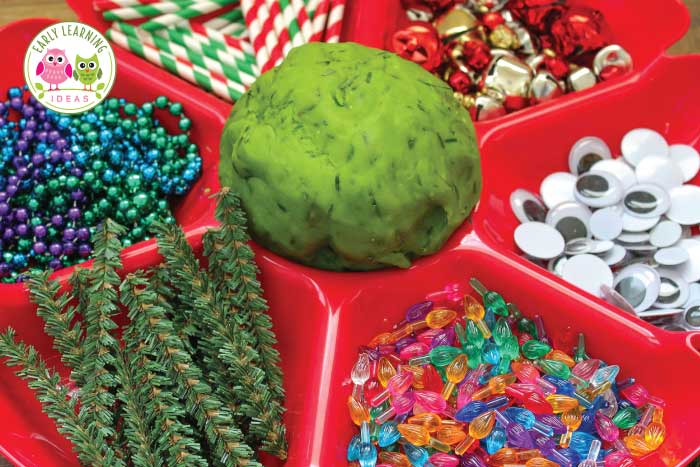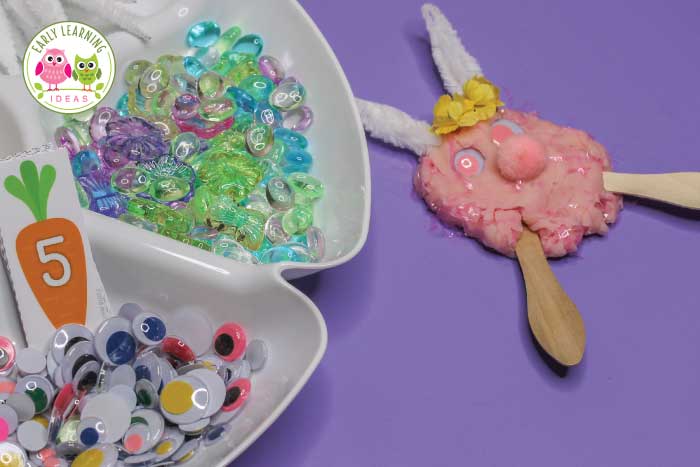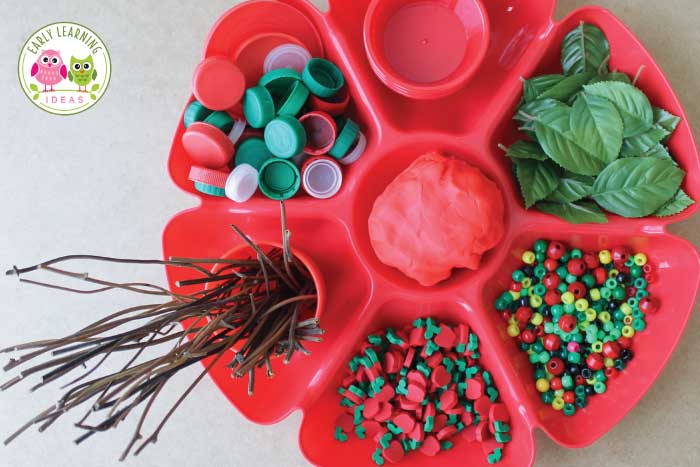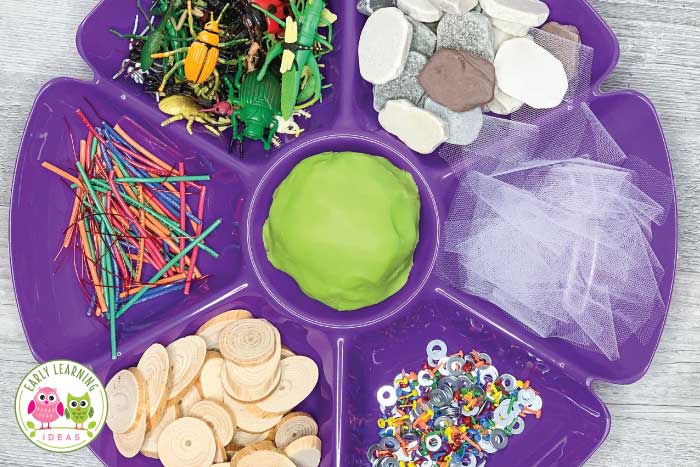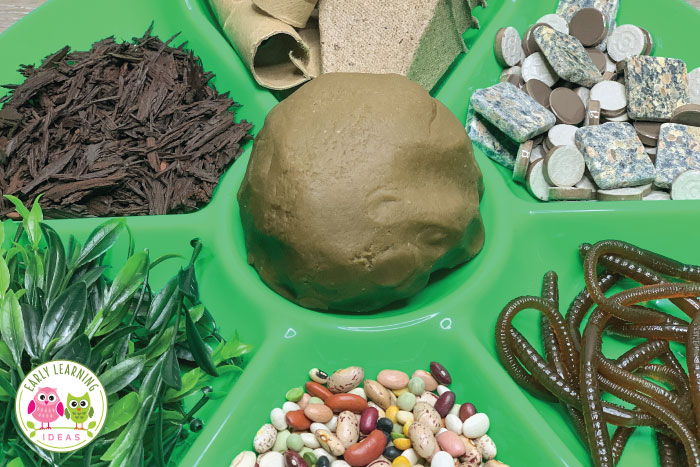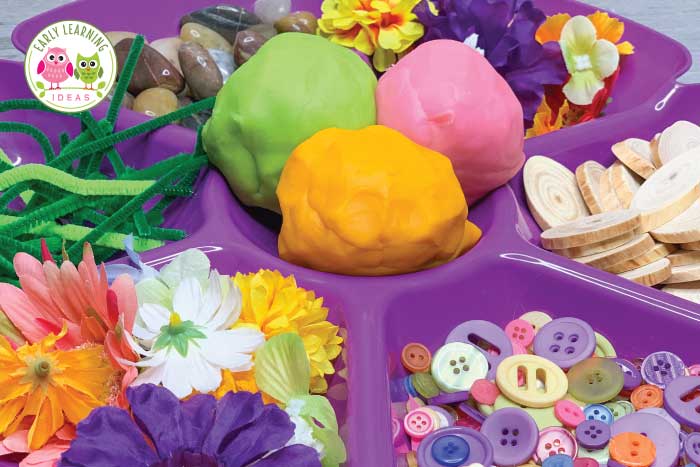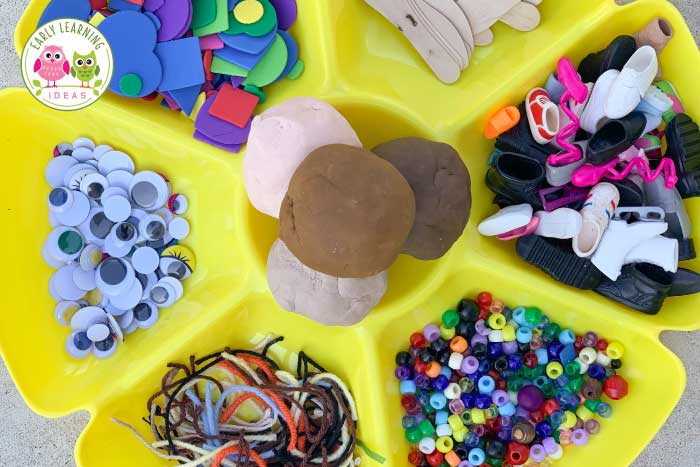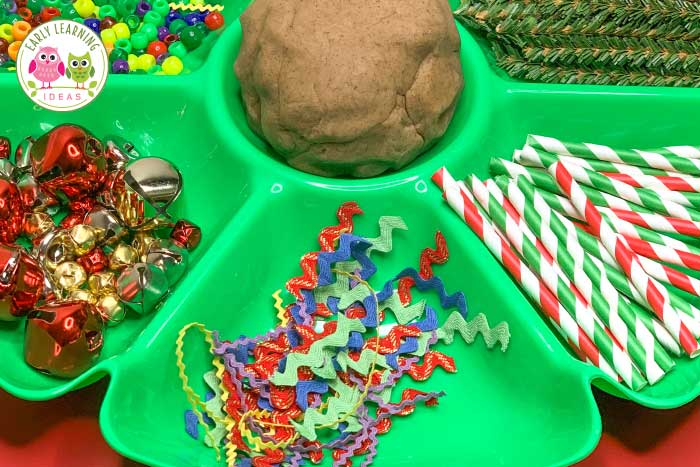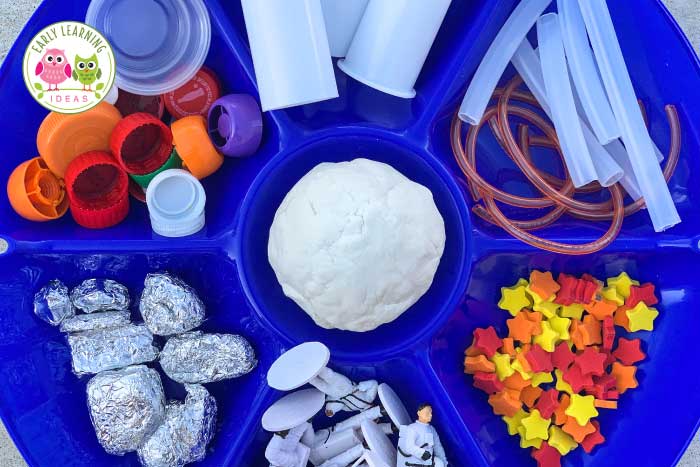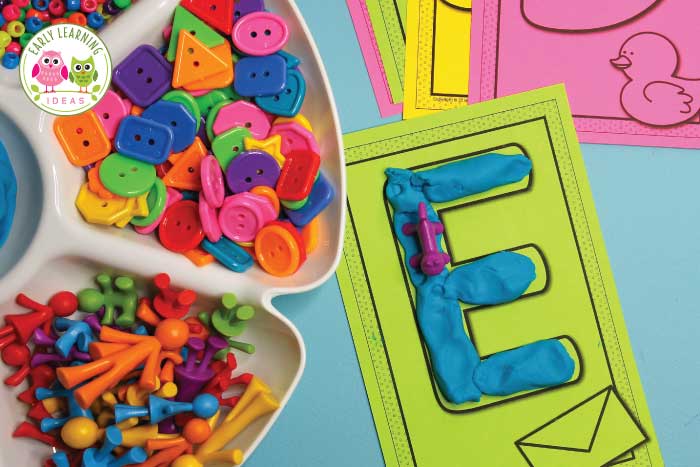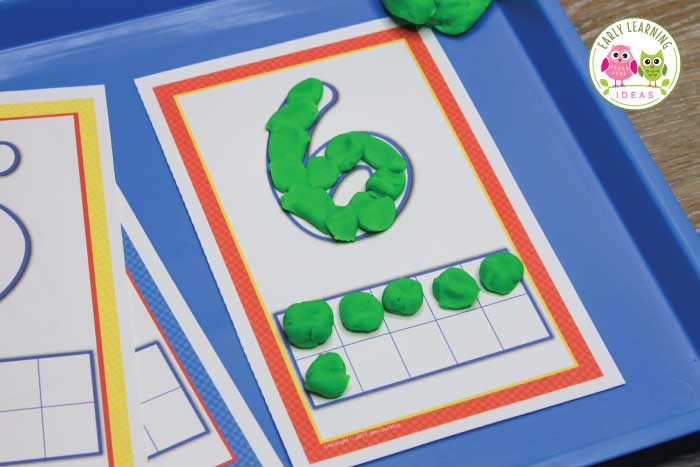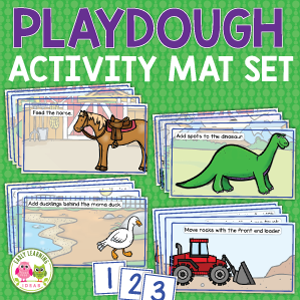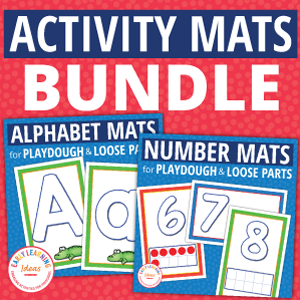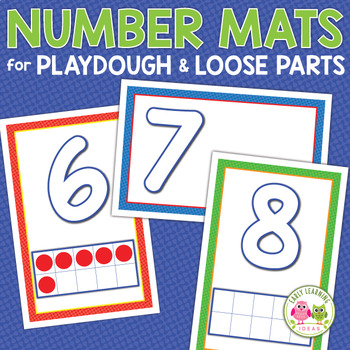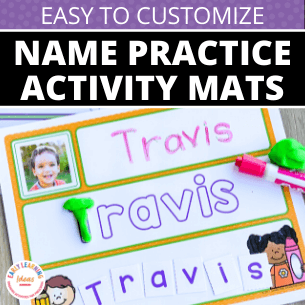My Tips for Painting with Infants
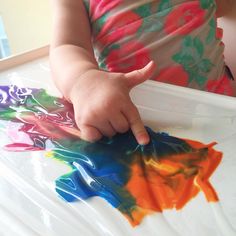
Painting with infants does not have to be scary and it is a great way to explore with your baby at home. Many moms are always searching for activities to do with their infants, because it really is a fun way to play with baby and make a great keepsake or gift!
Painting with Babies – Tips!
Easy Homemade Paint Recipes:
Pudding Paints
Painting is one of the activities that I know that parents fear the most with Little’s. There are a few ways to make painting a lot less stressful. Hopefully, these baby/toddler painting tips will help! Babies just love to paint.
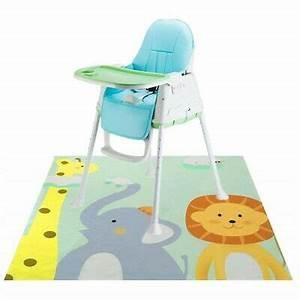
Be prepared
Even I don’t have painting as a daily activity. It’s something that I plan for and set up. Designate an area for the painting, put down a drop cloth, plastic tablecloth, or Splat Mat, and try to keep everything contained.Plan for more than 1 painting
It’s rare that a toddler only wants to paint one picture. Have lots of paper ready, a variety of brushes, and different items for them to use. It’s much easier to do multiple painting activities all at once than to do one each day – trust me! We started on small paper plates, recipe cards, and coffee filters for our canvas.Have a big bath towel ready
They may need to be wrapped in it to get to the tub. If you are squeamish about the mess that might be made if you let them loose after painting, then a big towel could be a big help. Who doesn’t want a hug after a painting activity anyway? It’s a win-win.
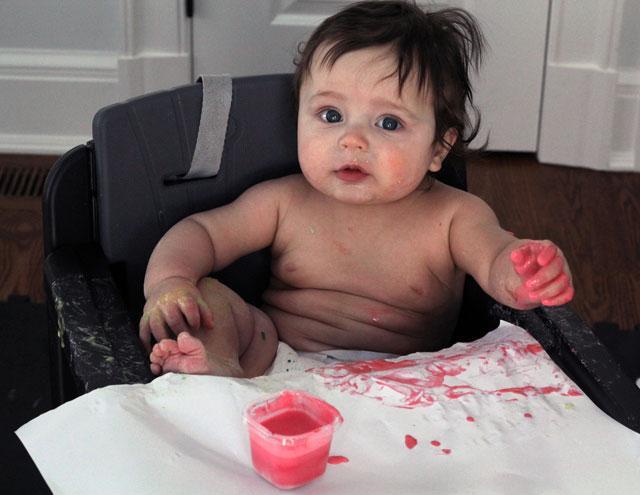
4. Have your cleaning supplies ready
I always keep some wipes and a towel or cloth nearby. I know they’ll get messy so it’s much easier to be prepared..
Here’s my Step by Step Guide
for Painting with Babies
1. Gather and prep your supplies:

Several pieces of construction paper (I gather about 6 pieces)
Paint
Masking tape
Newspaper or large sheets of butcher paper or packing paper
High chair and tray or another solid work surface
Damp paper towels, washable towel, or baby wipes
2. Protect your Painting Surface
I like having baby paint using the high chair tray because on our chair the tray is plastic. If you have a wooden tray just wrap it with plastic wrap if you are worried about paint sticking to it or staining. If you have to push the high chair up to a table, you can tape down some newspaper or butcher paper with masking tape to protect the surface.
3. Get baby ready for some painting:
1) Undress baby leaving on their diaper/pajamas or tee shirts that you don’t mind staining.
2) Place baby in a secure seat or a high chair. Most high chair trays are washable. In 6 years of having children, paint (or food) has never stained mine. Plus it fits anywhere!
4. Use masking tape to secure the paper
Babies do not have the coordination to hold the paper and keep it from moving around while finger painting, so taping it down is essential.
5. Use washable tempera paint.
Unlike acrylic or craft paints, tempera paint is egg-based. This makes it non-toxic, and it easily washes out of clothing, carpet, and other unlucky bystanders. You can find tempura paint in the craft section of most big box stores (Target, Walmart) and also at craft stores (Michaels, Hobby Lobby).
Small hands sometimes lack the finesse needed to dip and drag paint from containers. An easy solution is to pre-dab the paint on the paper and encourage your child to swirl the colors together.
6. Let your child explore what they want to do with the paper with the paint.
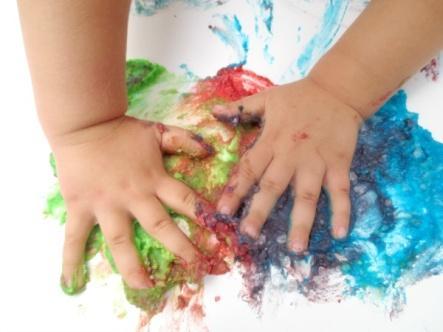
You can help guide by saying things like, “You are painting! Move the paint around on the paper.” “Use your fingers and hand to spread the paint.” “Keep the paint on the paper and not your mouth.” Make sure you compliment them on their creativity!
Talk them through it and encourage them to use the paint in new ways. We sometimes think that since babies cannot talk to us, that they do not benefit from hearing us speak to them. That is false. Enriching play with language is essential!
7. Experiment with unique “brushes.”
Kids love to explore the marks that unusual tools make. Let them paint with their toys, dab with Q-tips, or stamp with paper rolls. Even if you don’t own paintbrushes, a cotton ball held with a clothespin creates a similar effect. Most kitchen utensils can make a simple painting look interesting with their unique prints in the paint.
Model what they are to do if your infant is not moving their hands to paint on the paper, you can gently hold their forearm and gently move their hand around in the paint. Use words to talk about how the paint feels (slimy, slippery, smooth) or what it looks like (color words).
8. Use the baby’s interest to determine when the activity needs to end.
Don’t let them work the paint so much that it ends up looking like mud. Instead, choose 2-3 friendly colors that go together nicely. For example, blue, green, and yellow are friendly. Blue and orange are not! Then simply change the paper while all the colors can still be seen. My oldest two painted about five papers each and then they showed signs of being tired. Some infants may be unhappy with their hands covered in wet paint, so getting one painting finished may be good. If your child gets upset, stop the activity and try again in a few days or more. Or cover the paint with saran wrap.
9. Allow time to dry their art --then show it off
You can let the paintings dry by simply using a piece of masking tape to secure the painting to an out-of-reach window until dry. (Any stray paint that gets on the glass will clean right off.) Then hang the painting up on the refrigerator or wall, or attach a label to the back to mark the milestone of using a new tool or supplies. For their first Christmas, I added a label and framed a few of my children’s first paintings as gifts for the grandparents.
I also included taking a small photo of the painting experience. Then the long-distance family can see the fun experience too.
Painting is a great way for babies to play and learn. It is an outlet for children’s creative energy and allows for a lot of language exposure and interaction.
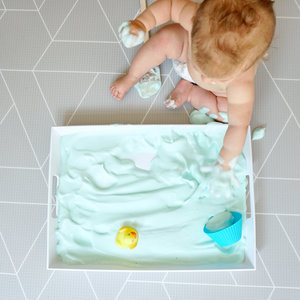
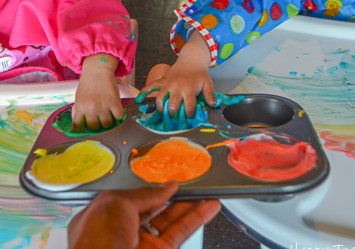
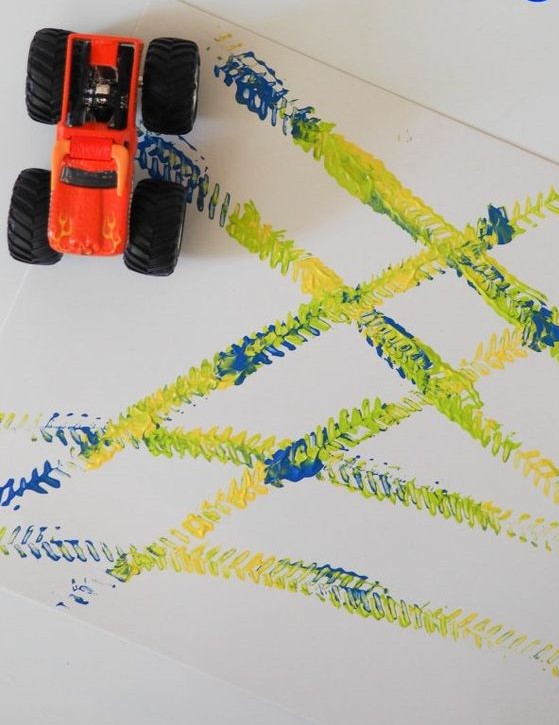
Golf Ball Art
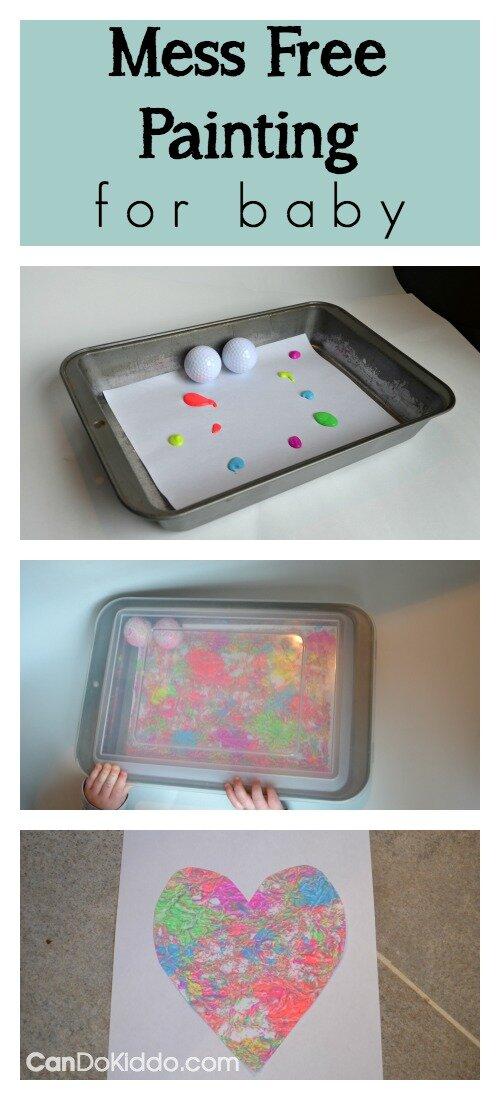
Supplies Needed:
non-toxic paints (I chose spring colors in keeping with the season but you can customize based on the supplies you have or upcoming holidays)
paper
tape
1 or more golf balls (you can use other balls but golf balls give the painting nice texture and give the activity a great sound)
a lidded container, preferably with a clear top
The Process:
tape the paper to the bottom of your lidded container
add small globs of paint on different areas of the paper
add golf balls
close the container (tightly - add tape if it's not a 100% secure fit)
hand the container to baby - in Tummy Time, while seated, while standing at a low table - whatever position your baby is enjoying lately
if needed, shake the container to help baby understand the cause and effect of his actions and the noises and ball rolling inside
let the paint dry before removing from the container (the paint may make the paper soggy and prone to ripping as you un-tape it)
enjoy the painting "as is" or cut it into a shape and mount it on a larger piece of paper or cardstock
Even though baby won't be touching the paints, accidents happen and you may have plans to wash and re-use that container in the kitchen, so I recommend using non-toxic, washable paints. We used these Crayola neon washable paints.

Tummy Time Finger Painting Sensory Play
With a little creativity and some simple supplies, you can make Tummy Time fun for your little one AND tackle a very common challenge that parents face once their babies start to roll...
Learn more about helping early rollers (2-3 months) continue Tummy Time.
Discover ways to play with your bigger baby belly-down once he rolls out of Tummy Time.
Fingerpaint in a Ziploc baggie is a great sensory activity for little ones and it's a hot activity on Pinterest. But I looked at what most consider an activity for babies who can sit up and toddlers and saw a SUPER Tummy Time activity. I used Crayola Washable Finger Paint. If your baby isn't yet reaching in Tummy Time, you can use a Tummy Time Pillow or nursing pillow under his chest to free his hands for play.
Even though Rowan is now fully capable of wiggling out of the Boppy pillow, he stuck with the activity for 5+ minutes. BUT, since he's teething, it often looked like this...
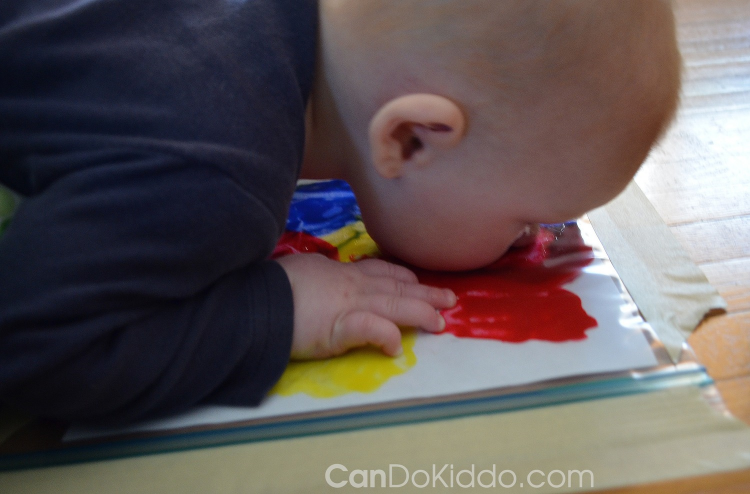
Giving new meaning to "face painting".
You can also try this activity in a highchair if you have an independent sitter.
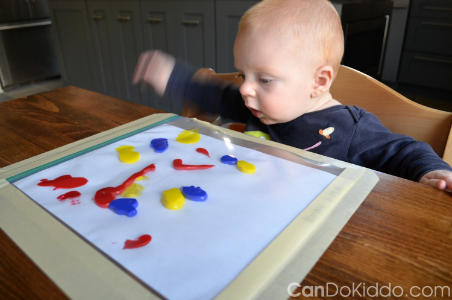
To preserve your little one's artwork, simply cut the edges off the Ziploc bag and then peel off the top of the artwork. Lay flat to dry.

And, because part of being a pediatric Occupational Therapist is spending years perfecting the skill of keeping things from going in kids' mouths, I also unleashed my boy on some truly messy play with finger painting OUT of the Ziploc bag...but there were no clean hands to take pictures. Feel free to take a walk on the messy side, if you're brave! Here's a post with tons of great recipes for baby-safe finger paints from around the web.
Edible Paint Recipe
Seriously fun and easy! Dylan is 6 months and we thought it appropriate in our lovely summer weather that we sit outside and create a little something together.
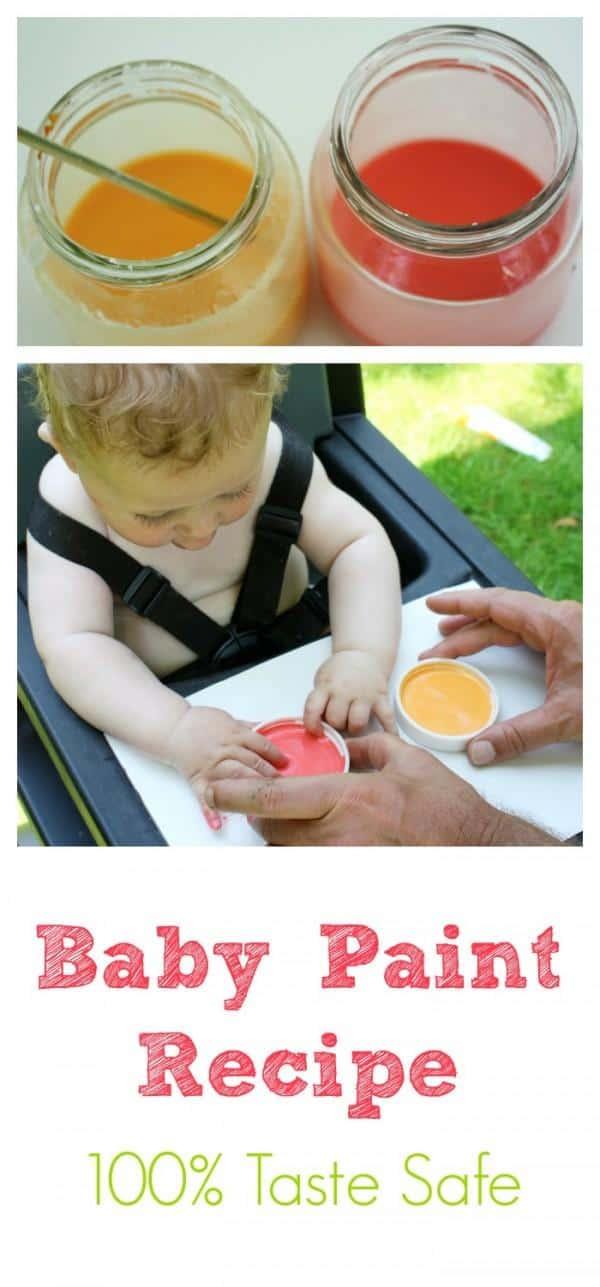
I made baby paints – completely edible.
Funny thing is, this little man puts everything in his mouth, and this paint – he was not interested in eating at all…
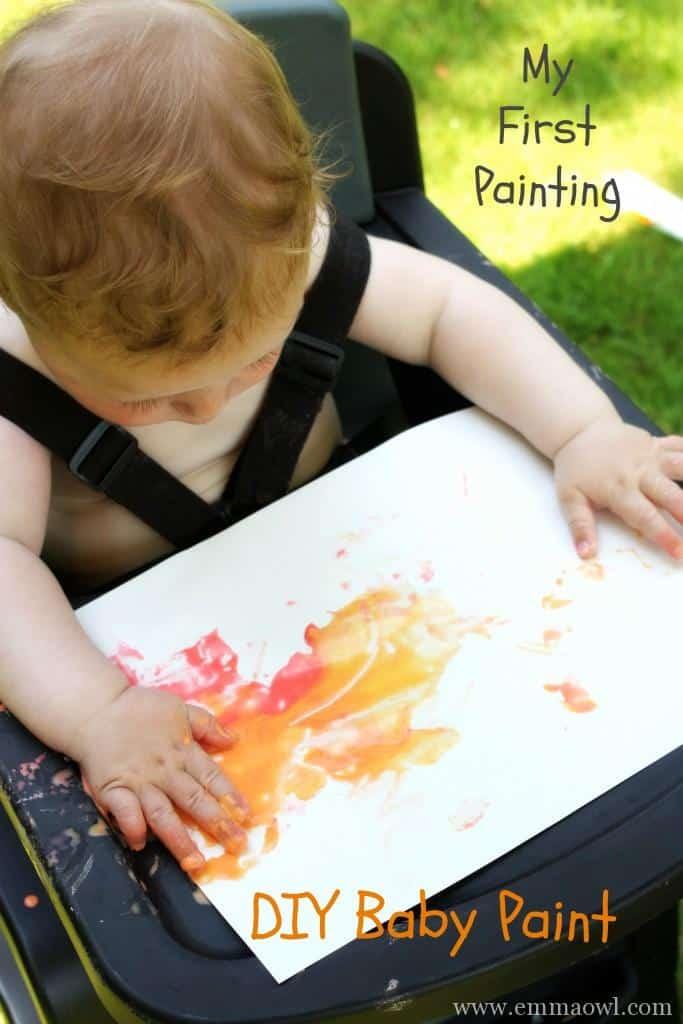
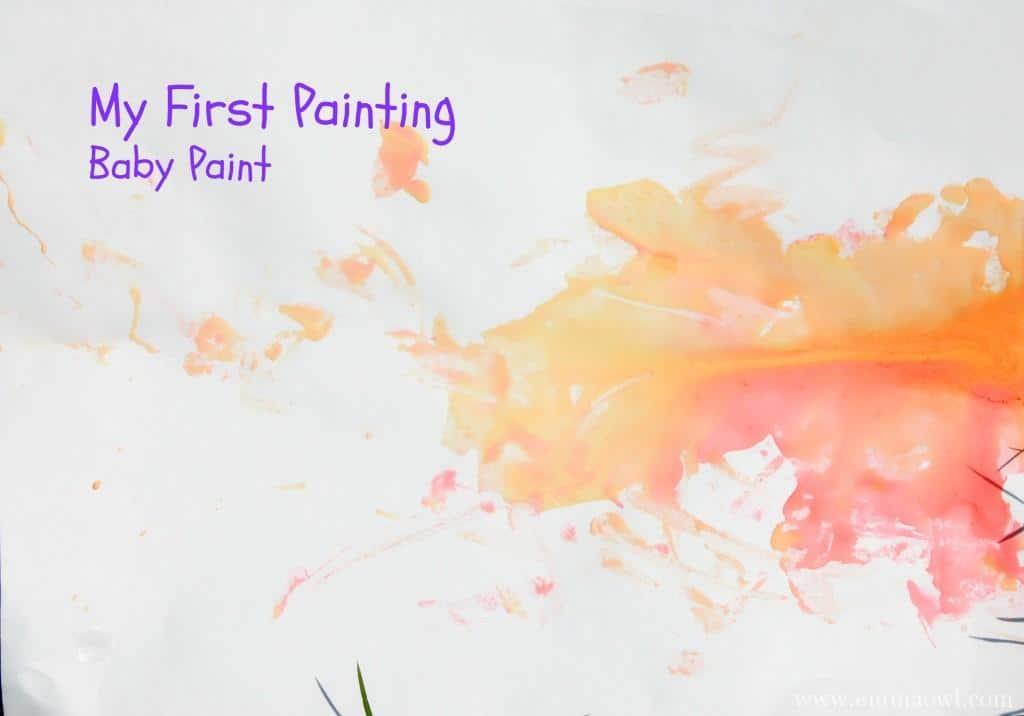
BABY PAINT RECIPE
2 parts corn starch to 1 part water
Mix well. You may need to mix occasionally while painting as the corn flour can settle a little.
I added the color in 2 ways: The orange I made by adding a tablespoon of Cool Aid and the red I made using the liquid from the beetroot we have in our fridge.
To color this paint, you could also use food coloring, other veggies that have a strong color (carrot juice would make great orange for example) or any edible juice syrup or granules that have a strong color.
Hands may turn a little rainbow – but hey – it comes off!
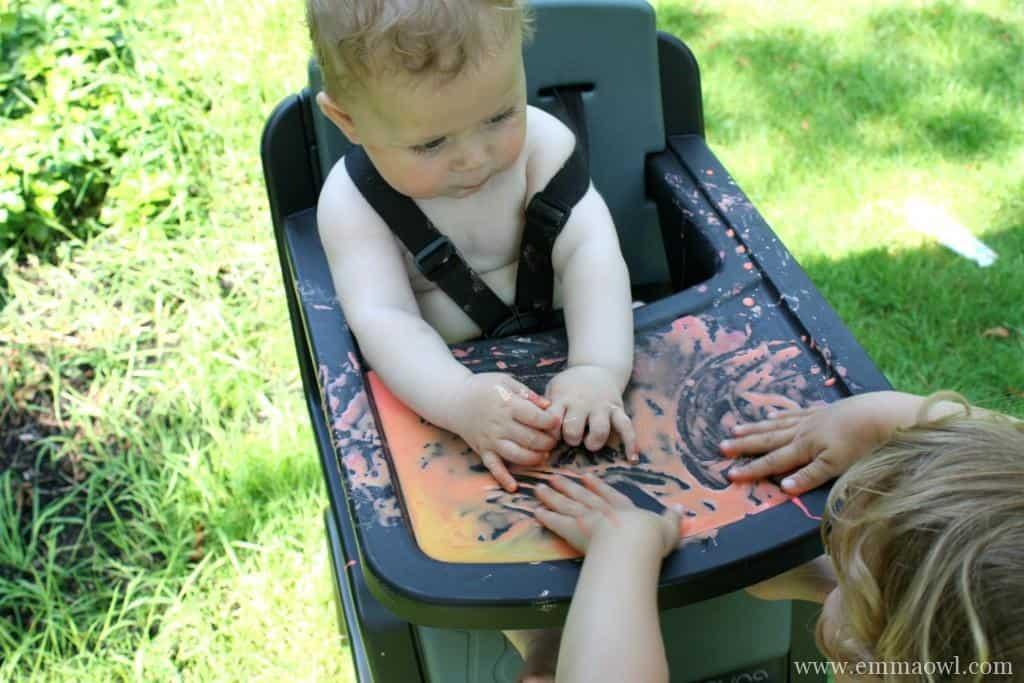
I was surprised at how long he sat and painted!
How to Have Fun Finger Painting with Your Baby –
With Less Mess!
BY IN MOTHERHOOD
I love art, especially painting. I’ve dappled in acrylics and watercolors, and it’s really therapeutic for me. Because I want to pass that love on to Little Man, I decided to try finger painting this week. And let me tell you, it was fun!
PREPPING FOR FINGER PAINTING WITH YOUR BABY
I promised you a post about finger painting with your baby with less mess, so here you go. Before our painting adventure, I cut open some kitchen-sized plastic trash bags and laid them on the floor to catch any spills. They kind of were all over the place, so I just secured them with some masking tape, and they stayed put just fine.
I decided to have Little Man sit in his highchair for our fun finger-painting project. It kept a little more contained and the tray helped keep the mess in. Just in case things got a little crazy, I taped another plastic bag around the cushions of the chair back. Super easy!
My hubby changed Little Man into a plain white onesie that I was fine with getting ruined if it came to that. It wasn’t ruined, but I wouldn’t chance it with an outfit you’re overly attached to.
SUPPLIES
Since I’m all about not destroying my house while having fun, I knew I definitely needed some water-soluble finger paints. Clearly, my acrylics were not an option (plus, they are expensive!). So, I did a quick search and found these paints at Walmart for less than $3. They are pretty small, but perfect for what I wanted to do with Little Man. We didn’t use all of them for this one project, so we will definitely have enough for next time.
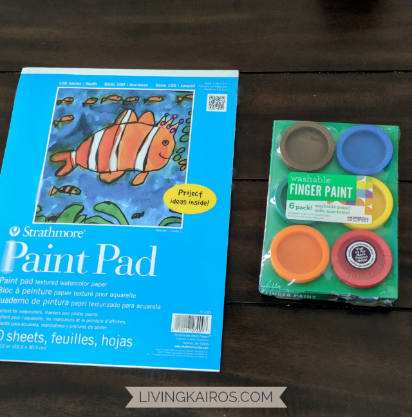
It’s important to get actual paint paper for finger painting with your baby because it’s heavier than regular printer paper. It holds up with the wet, water-based paints and doesn’t get soggy or tear. I found the pad atWalmart, too, and paid about $4 for twenty sheets. Not bad! I taped down the four corners of the paper onto Little Man’s highchair tray so it wouldn’t move around while he painted.
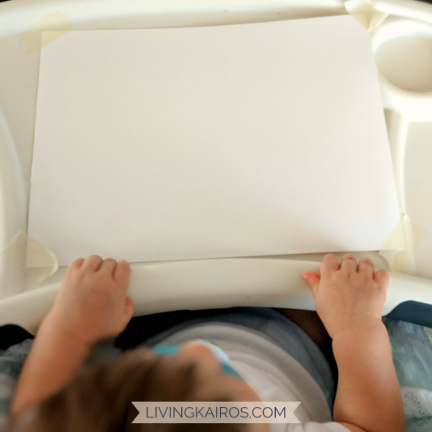
FINGER PAINTING WITH YOUR BABY
Yay! Now all the boring prep work is done and you finally get to let your little one paint! I put a few drops of different colors on Little Man’s paper and let him go crazy.
He loved it! I made sure he had his pacifier so he didn’t try to put the paint from his fingers into his mouth (we’re at that stage where all the things end up there if we aren’t careful).
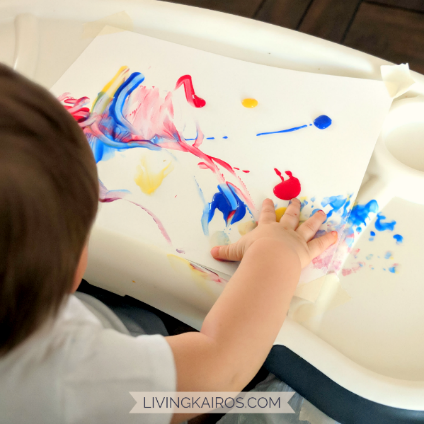
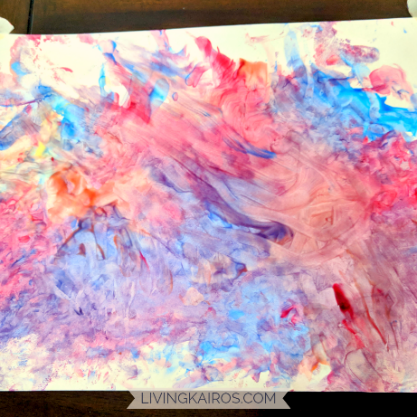
Remember that little ones don’t have the longest attention span, so don’t be surprised if this project only lasts a few minutes. We played for about fifteen before Little Man got bored. It was also right before nap time, so he was pretty over it by the end.
CLEAN-UP
Y’all, I’m totally not kidding—the clean-up for this project was ridiculously easy! My hubby rinsed that water-based paint off Little Man’s hands (and face), and I threw away the plastic from his highchair and the floor. Then, I wiped down the tray, and voila! Done and done!
Your masterpiece may look a little blotchy.
But who else has tried painting with their baby????
HINT: Have extra pages of paper ready. Change the paper when you are happy with the way the painting looks and the colors are still clearly defined. Otherwise, the colors become mushed together and it looks like a mud puddle.
When Hope started painting she wanted whatever I was using in the kitchen for paint. So it could be most anything liquid: like Kool aid, Jello, pudding, coffee, whipped cream etc. Her first painting, I would dab paint on and she just slapped the paint. That would create a cool splatter effect. The whole thing took less than a minute. We would wait for it to dry. Then I would help her add “little treasures”. That is the part she loved adding random scraps. I would pre-cut silhouettes of simple, shapes, animals or flowers, Glitter, sequins, stickers, glue stick, paper or fabric scraps, Googly eyes, pipe cleaners, pom poms, ribbons, special buttons, bingo markers etc. anything that we would find in the stores.
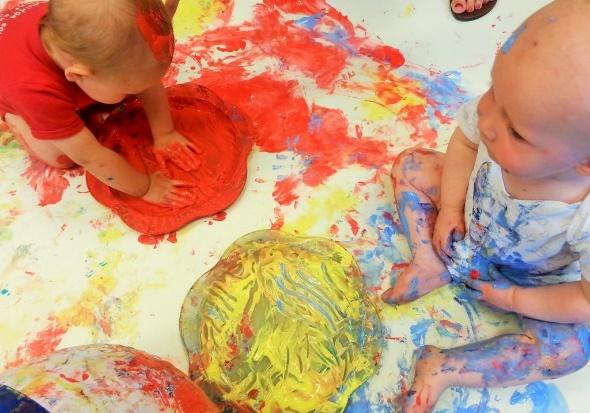
So don’t stop at just painting. Decorate your painting!

Cutting Hope’s paintings into shapes or having her paint directly on a coloring page always helped her personalize and embellish her paintings. Give it a try!
In order to keep your babies engaged, here is a super cool DIY (Do It Yourself) activity for you and your children.
When it comes to art and craft, children love to get messy with paints. They are always intrigued by bright and vibrant colors and love to paint their world in different colors. The tough part for the parents comes when their children, in the process of painting, spill paints all over themselves. After all, the paints which you get in stores may not always be safe for children. Hence, the best alternate option is to make your own paints using vegetables and fruits. They are 100% natural and safe for children and also a fun way to spend some quality time with your child.
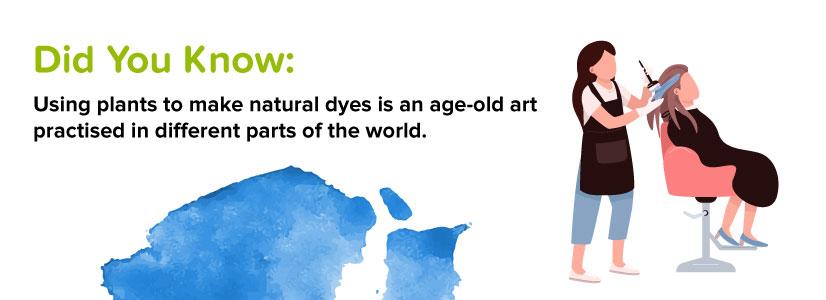
All paints are types of dyes and are made of two things – pigments and binders. The role of the binder is to help the color stay on the material you paint on.
You can create different shades of colors by mixing the three primary colors – red, yellow, and blue! To make these primary colors, you can use the following vegetables or fruits:
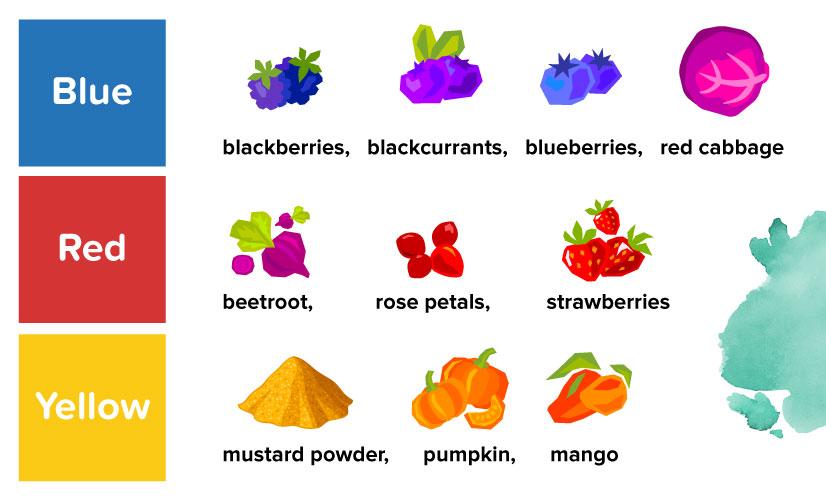
Let’s get started!
Materials needed
Vegetables / fruits
Rice flour/corn flour (which acts as a binding agent)
Water
Mixer Grinder or Blender
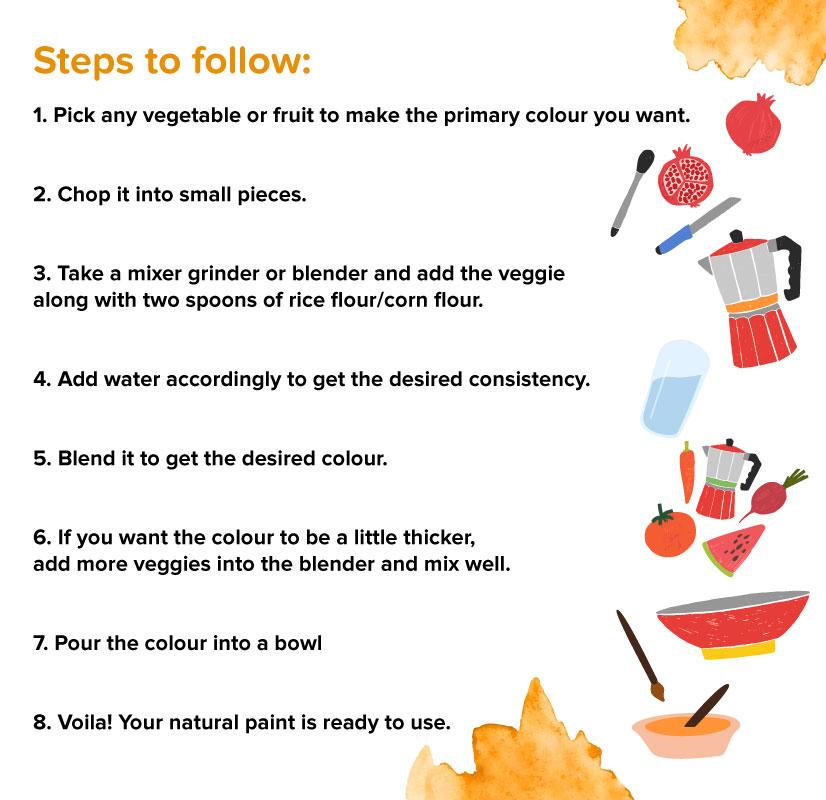
You can mix and match these three primary colors to get other colors. For example, mix the red from blended beetroots and yellow from the mangoes to get orange. Red and blue together make violet, and blue and yellow together make green.
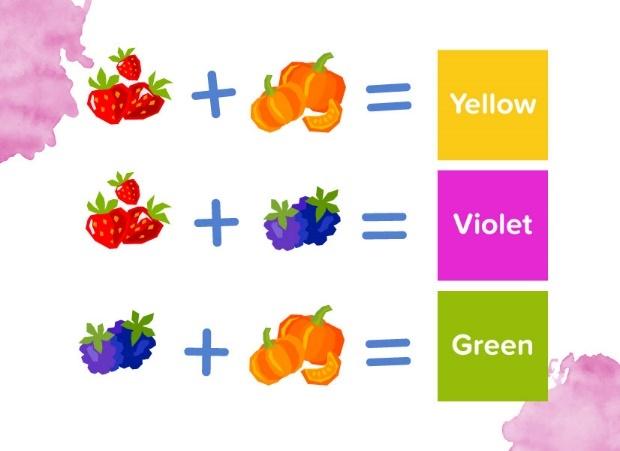
Homemade paints are super easy to make and the best part is that they are edible too! Thus they are totally safe for your child to use.
PLUS, it adds some variety to your babies painting experiences to change it up a little.
Painting on PAPER SHAPES
MATERIALS:
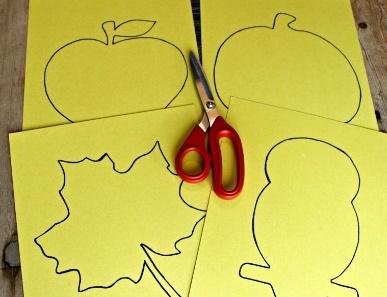
Butcher paper or other painting paper, tempera paint, brushes, paint containers. (We add glitter glue.)
PREPARATION:
Cut desired large shapes from paper. These may be simple geometric shapes, holiday shapes such as pumpkins, Christmas trees, hearts, shamrocks or eggs, or other shapes such as flowers, butterflies or children.
ACTIVITY:
Let the children paint their shapes in any fashion desired. Easels can be used, or painting can be done at tables or even on the floor. One or several colors of paint may be provided with a brush for each color.
HINTS:
If you cut out paper children shapes, it might be fun to let each child use one to paint a picture of himself or herself. Display the finished paintings on a wall along with the children's names and photographs.
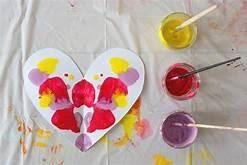
Use small peanut butter jars for paint containers. They have wide mouths and don't tip over as easily as plastic containers when inserted in a utility tote. Use the tote when painting at tables or on the floor.
SENT IN BY: Ruth, Kirkland, WA
VARIATION: From Cindy, Palatine, IL
Mix tempera paints in various shades of one color, depending on the theme of the shapes: reds and pinks for Valentine's Day, greens for St. Patrick's Day, etc.
MASKING TAPE
MATERIALS:
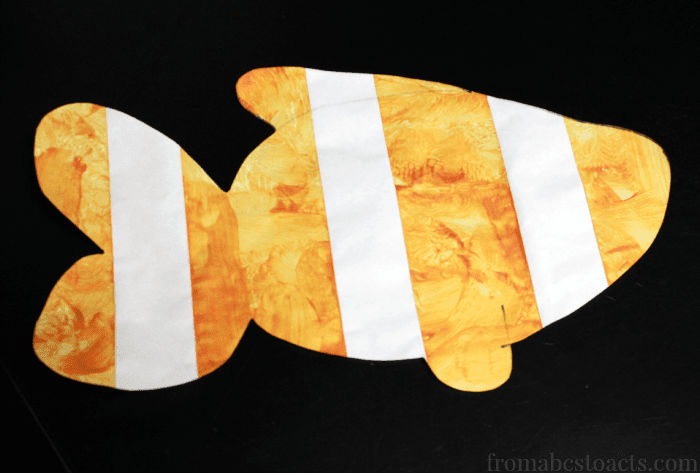
Shiny fingerpaint paper, masking tape, watercolor paints, brushes, small containers of water.
PREPARATION:
Put pieces of masking tape on each child's paper in any design. More advanced children may be able to put the tape on their own papers.
ACTIVITY:
Let the children paint their entire papers with watercolors. When the papers are dry, help the children carefully pull off the tape. The white lines that appear will separate the colors, creating interesting designs.
SENT IN BY: Nancy, Grand Forks, NO
Babies love getting creative -- and messy! Explore your babies interest and abilities with these simple and colorful crafts that hone your child's fine-motor skills. Plus, displaying the completed creations around your home will boost your little one's self-esteem. Let small hands take the lead with these activities, but always offer assistance, when necessary…and especially when trying a new technique.
Sparkle Metallic Finger Paint
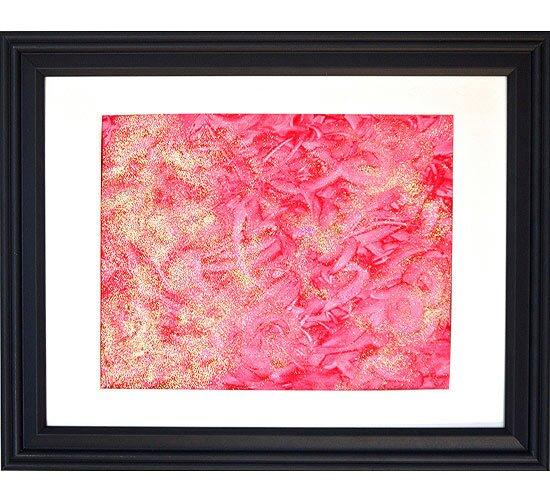
CREDIT: SARAH LIPOFF
Squish and swirl finger paint, metallic paint and glitter together to create twinkling artwork.
What You'll Need: 1 sheet white drawing paper, sheet pan, paint (1 color), superfine glitter, small container
Make It: Place the paper on a sheet pan and cover with 1 Tbs. of paint. Have your child use her hands to squiggle and move the paint around, making interesting lines and dots. Add more paint as necessary to cover the paper. Pour a bit of superfine glitter in a small container and help your child pinch and sprinkle the glitter all around the paper to create a glittering effect. Make sure your child doesn't ingest the paint or glitter or get any in her eyes.
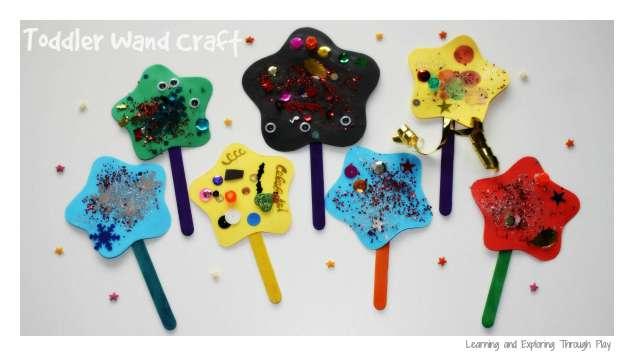
I often worry if I am doing enough arts and crafts with my toddler. I know its important, but things get so busy sometimes life happens and BAM another day with no arts and crafts.
Today it was teaming of rain. And I MEAN teaming! Although I was tempted to have an hour outdoors splashing and splishing in the HUGE puddles forming on the drive, I simply didn't want the hassle today of sludge everywhere. So instead of sludge I opted for GLITTER ( - and LOTS of it!!)
Our Invitation for play looked like this:

So many pretty sparkly items to choose from to decorate the stars! I was a tad JEALOUS actually as I wanted to sit at the table and create myself!! Just like a magpie - attracted to anything shiny!!

Anyway, Little N spent over an hour doing this. What a BONUS! She was well away! Spreading the glue, putting her hands through the sequins and sticking them down. Sprinkling the glitter was her favourite and the glitter went EVERYWHERE!
Infact after the craft session she pushed her table out the way and danced around in the glitter on the floor pretending to be Elsa from Frozen!! So amusing!!
Once they had dried, using sellotape we attached craft sticks and made fairy wands!
Its a great Toddler craft. Whether they love - Ben and Holly, Witches, Wizards, Wallykazam or just simply enjoy creating - its fun, simple and can be used in their play once they've dried!!
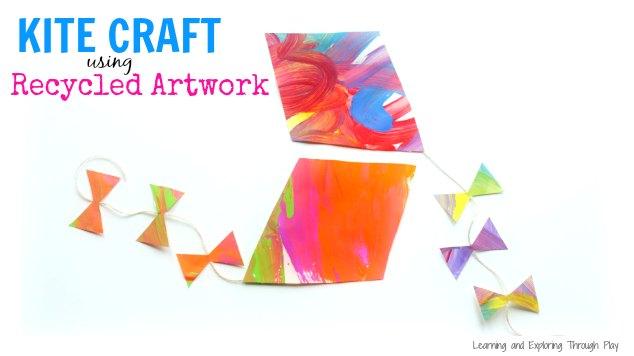
Kite Craft for Kids Recycled Artwork
It sure is windy at the minute here in the UK and I have been left with a dilemma! My daughter is FOREVER painting at her easel. I have said this before on my blog, but it really has been the best purchase I have made since being a Mommy. She uses it daily. So yay it's great she's using it and enjoying being creative so often..... but I am left with LOTS and LOTS of paintings on the Easel roll paper and the guilt I feel throwing them away is awful! ...
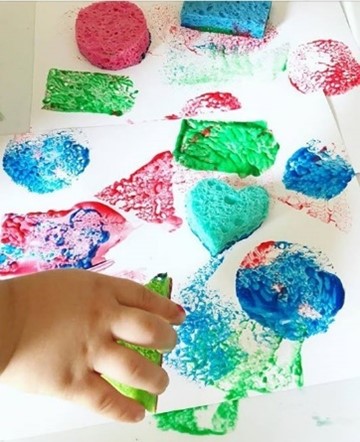
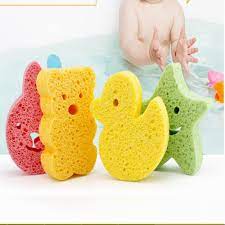
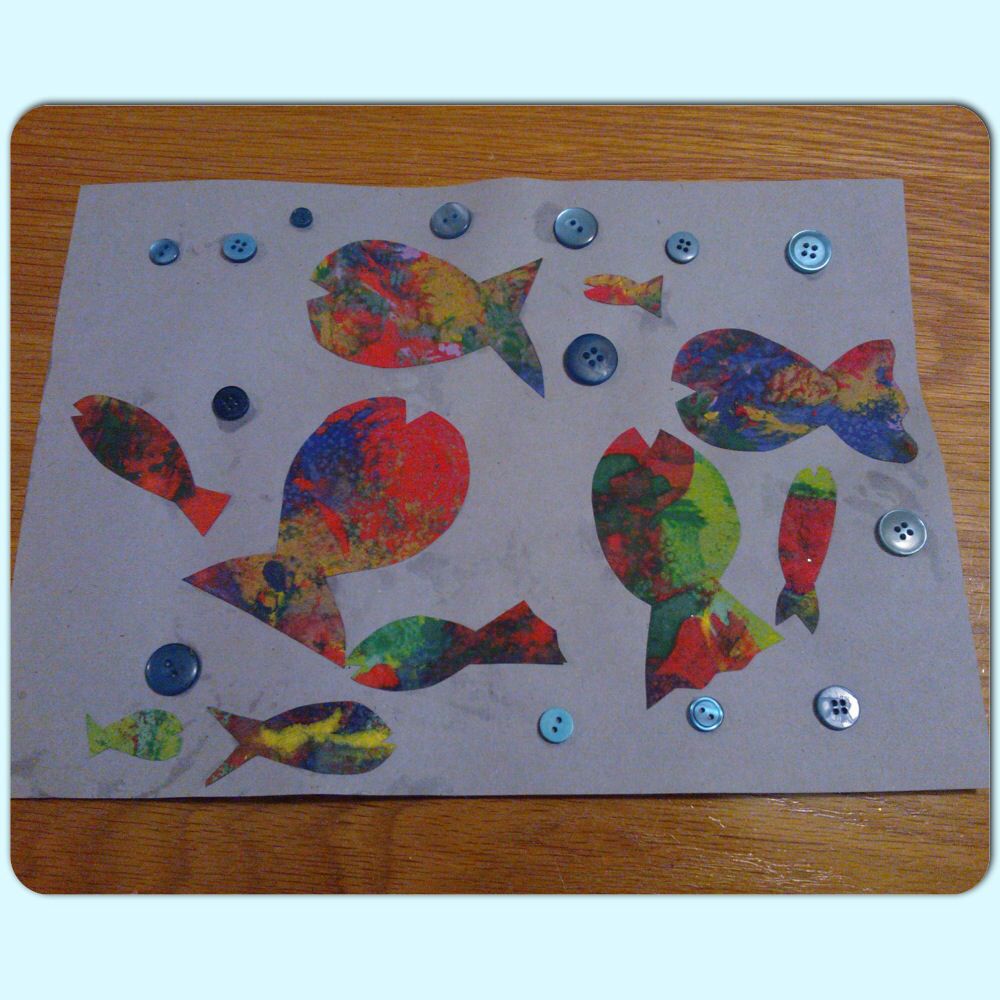
Sponge painting
The dab dab activity as my toddler calls it is his all time favourite.
From dipping sponge into a bowl of paint, to dabbing it on the sheet of drawing paper, he enjoys doing it all and I’m sure every toddler will. Sponge painting activities work best to create abstract images.
Following are the benefits of sponge painting activity
Enables self-expression with sponge and paint.
Develops eye-hand co- ordination.
Sensory experience of exploring paint and paint filled sponges.
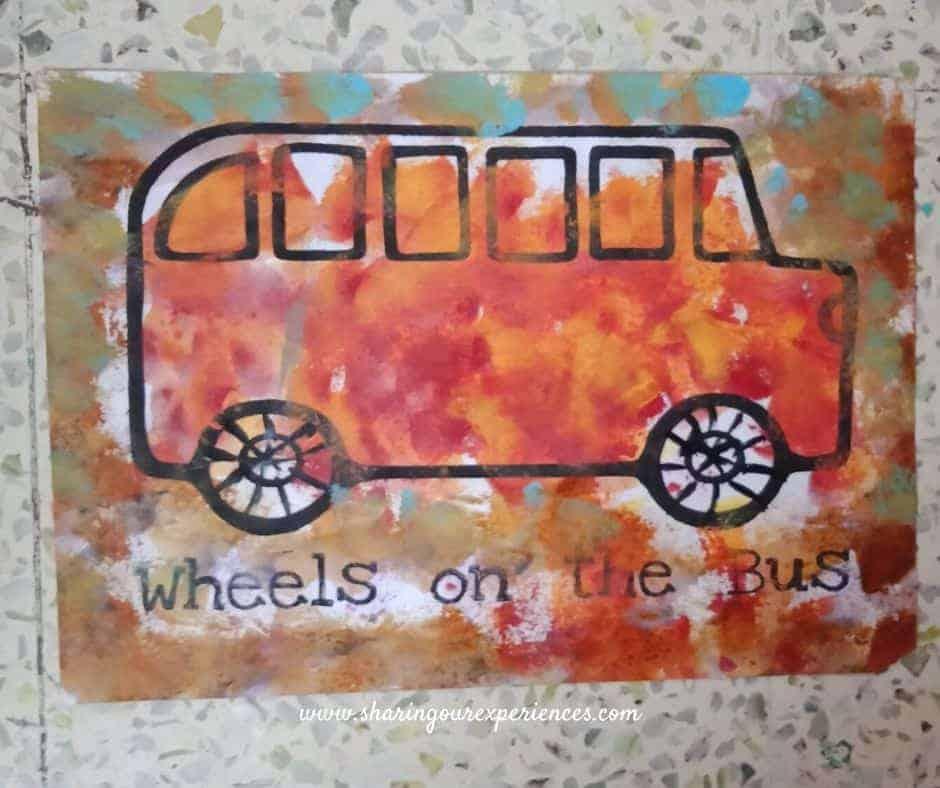
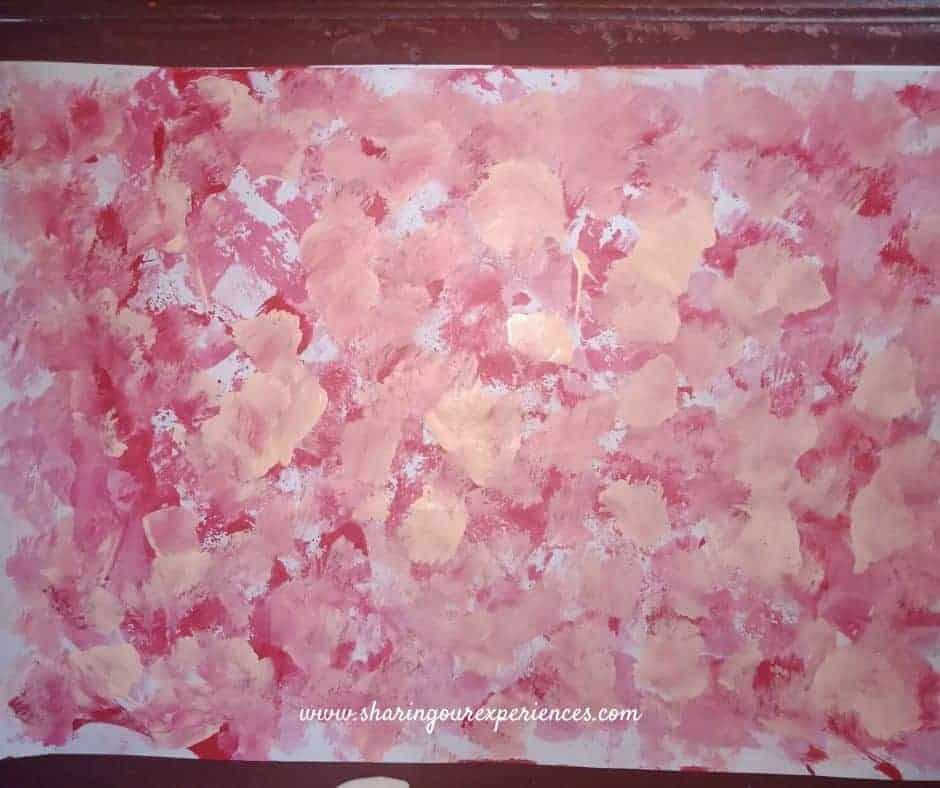
Another fruit we used was the star fruit, we created green grass and red, blue star flowers and a texture of pink, blue, orange and other colorful stars.
